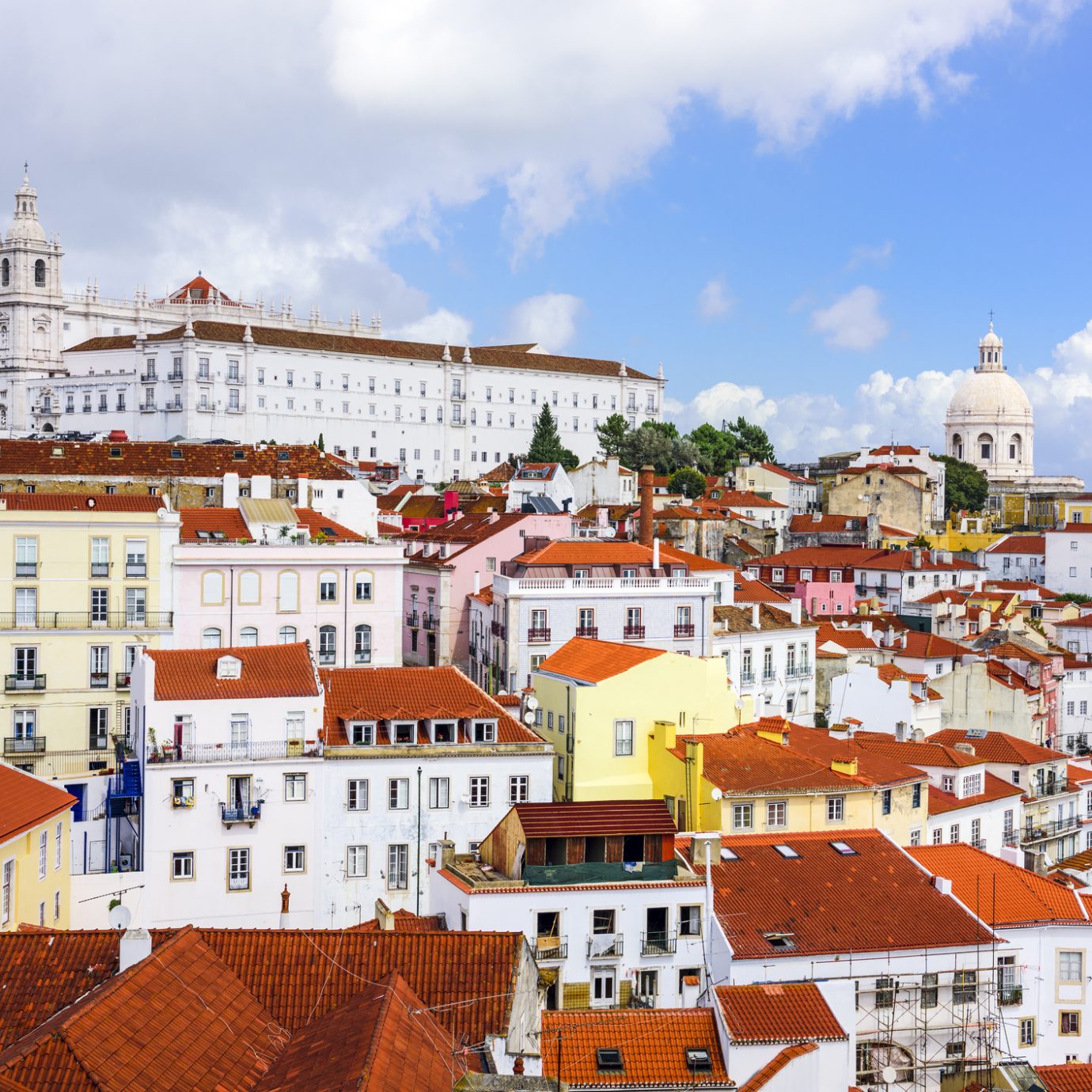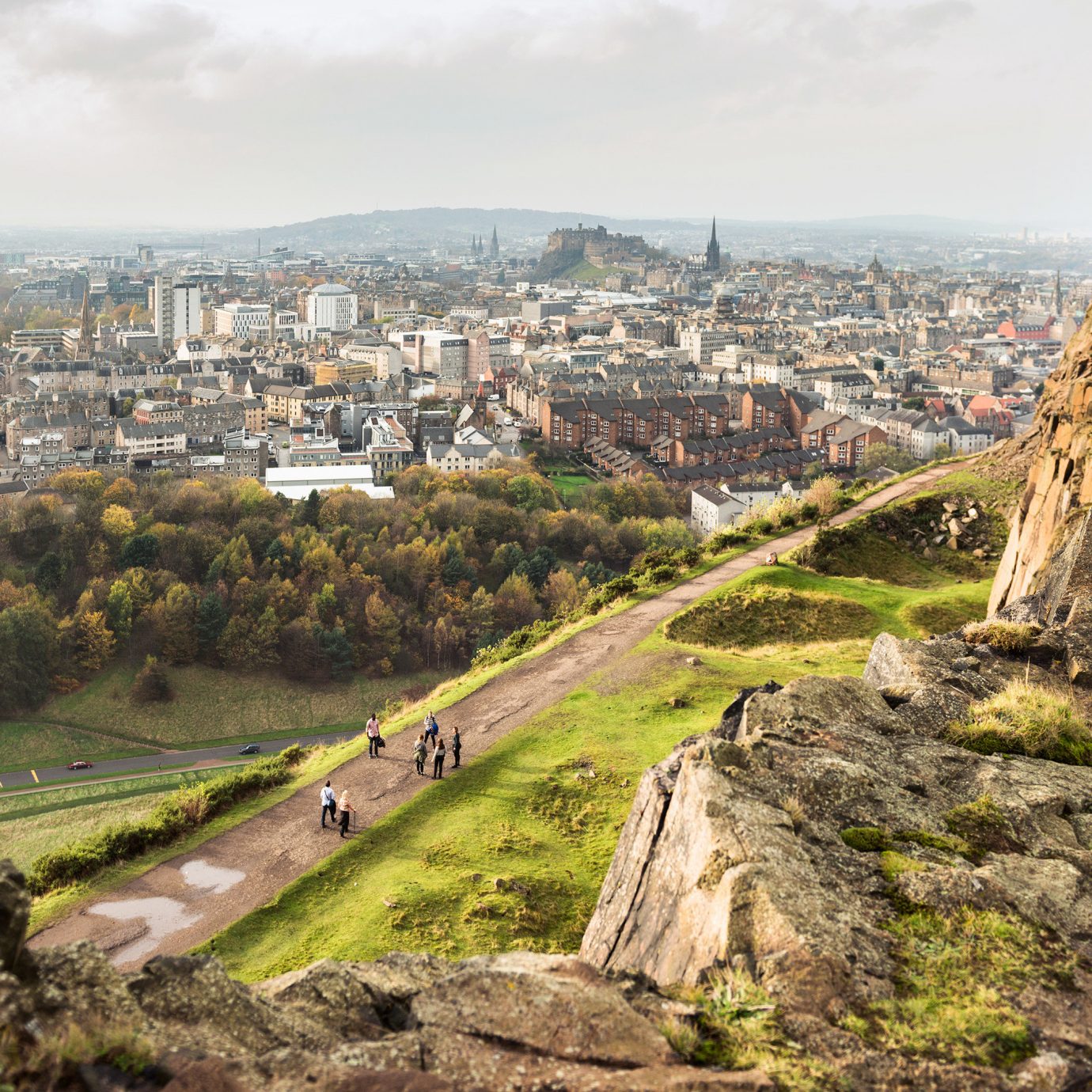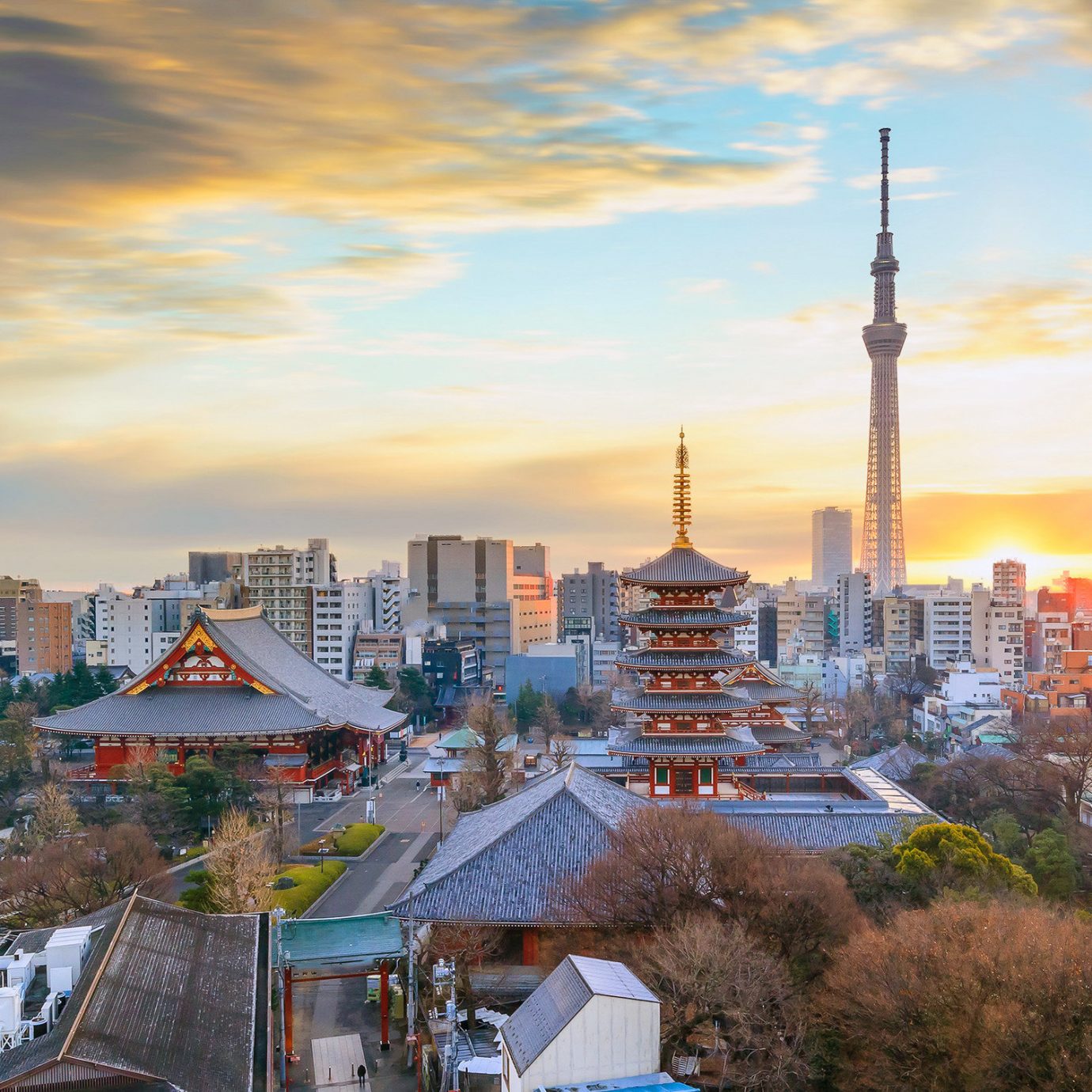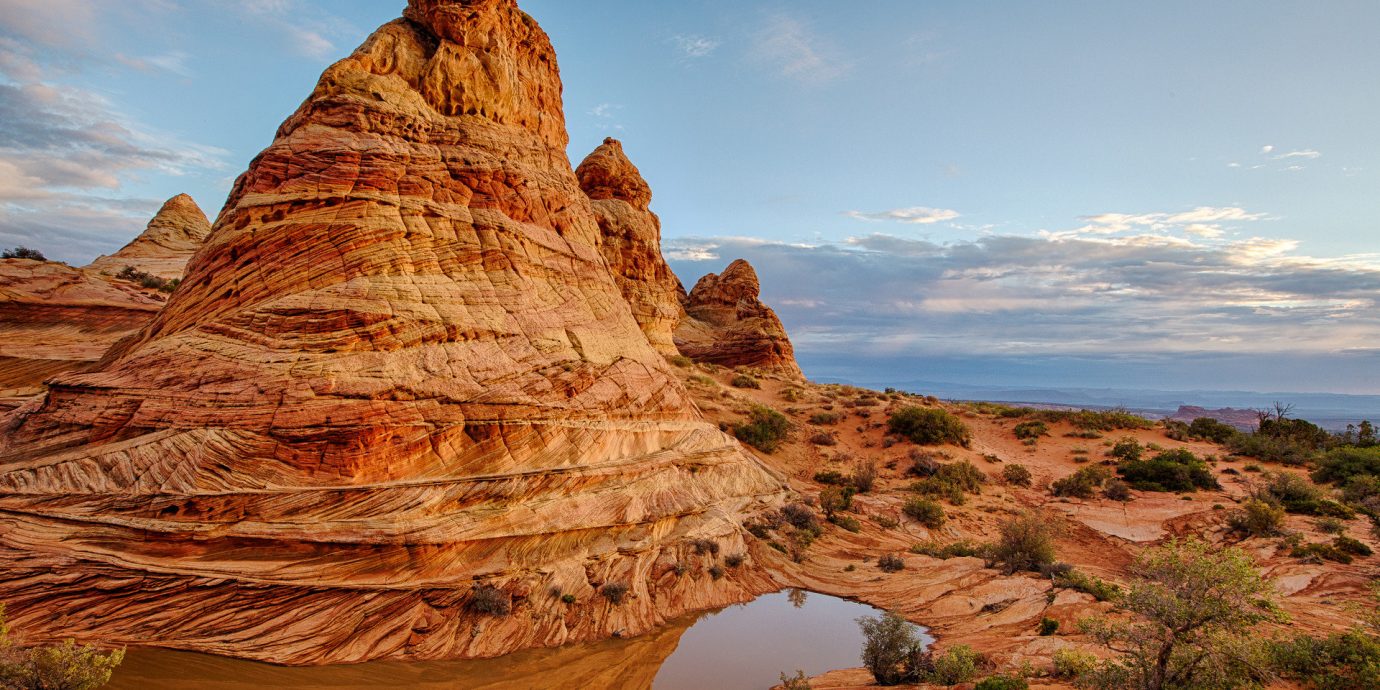
A Guide to Utah’s National Parks
Known as “The Mighty 5,” Utah’s Jurassic-era national parks harbor some of the States' most gorgeous landscapes. From polychromatic sandstones and striped sediments to soaring arches and deep slot canyons, visitors are treated to mother nature’s most mind-blowing creations. Take a visual tour of all that Zion, Bryce Canyon, Capitol Reef, Arches, and Canyonlands have to offer.
A Brooklyn-based writer and editor, Chelsea's work has appeared in Matador Network, The Huffington Post, the TripAdvisor blog, and more. When not planning her next trip, you'll usually find her drinking way too much iced coffee (always iced—she’s from New England) or bingeing a Netflix original series.
Zion National Park
In Southwestern Utah—where the Colorado Plateau, Great Basin, and Mojave Desert regions meet—soaring plateaus, monolithic cliffs covered in more than 1,000 plant species, and mazes of sheer sandstone canyons (in shades of pink and red) dominate Zion National Park’s 229 square miles. The lifted, tilted, and eroded layers of sedimentary rock that define the park formed more than 250 million years ago, and archaeologists have unearthed traces of archaic cultures dating back more than 9,000 years. Today, roughly 4.3 million visitors trek through the area on hiking, biking, canyoneering, and birding trips, paying particular attention to The Narrows, Angels Landing, Zion Canyon, and the Emerald Pools Trail.
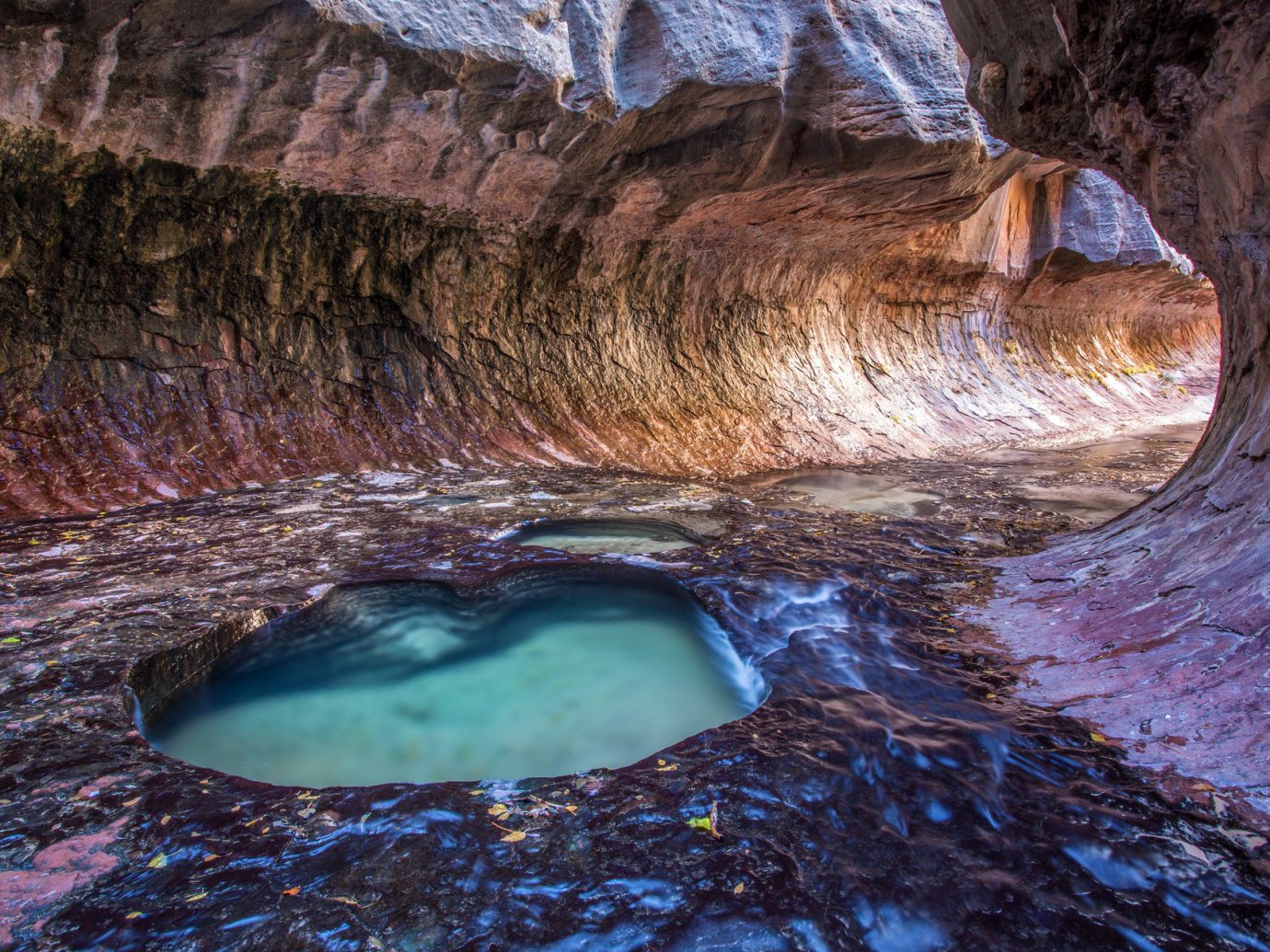
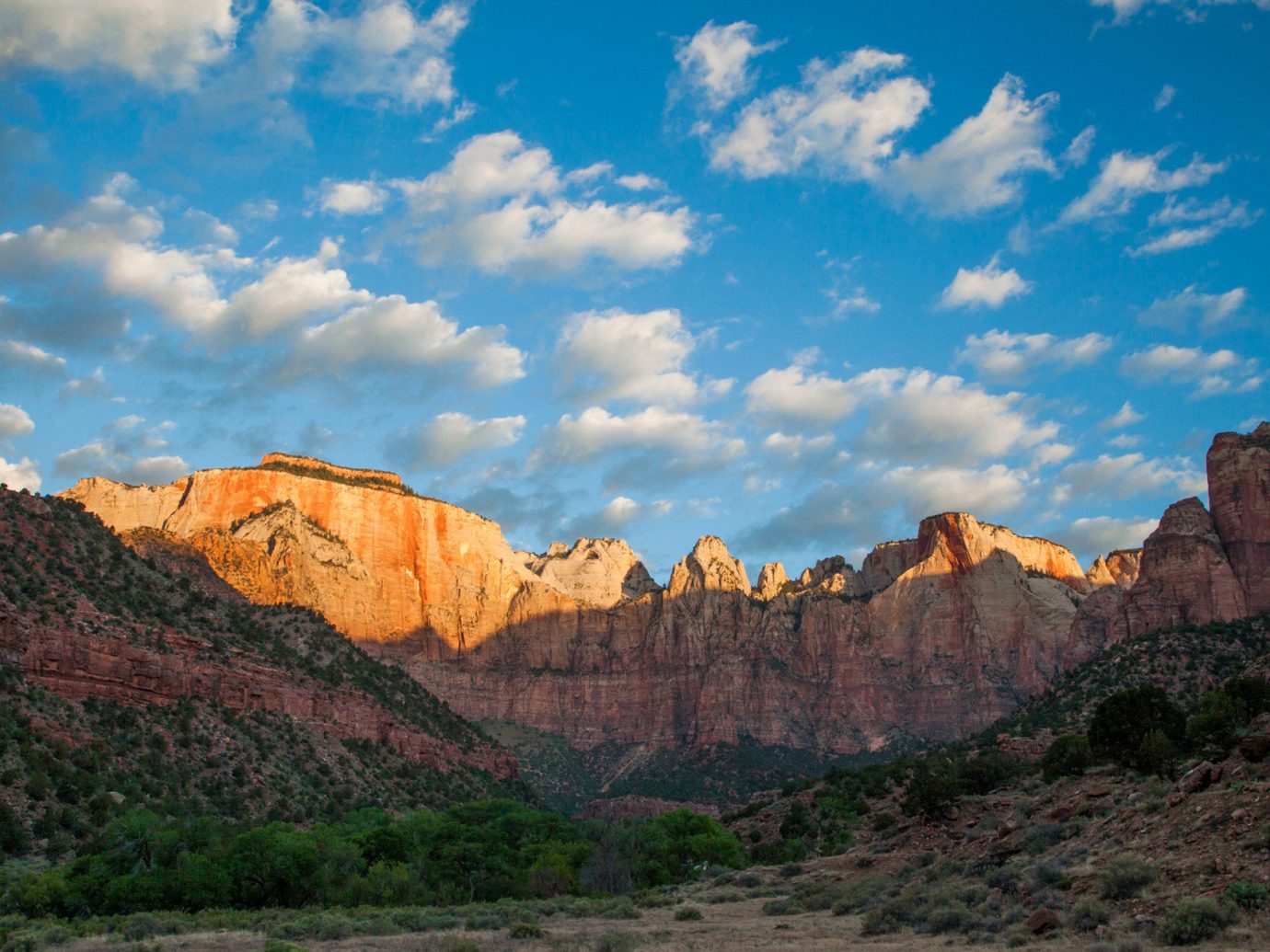
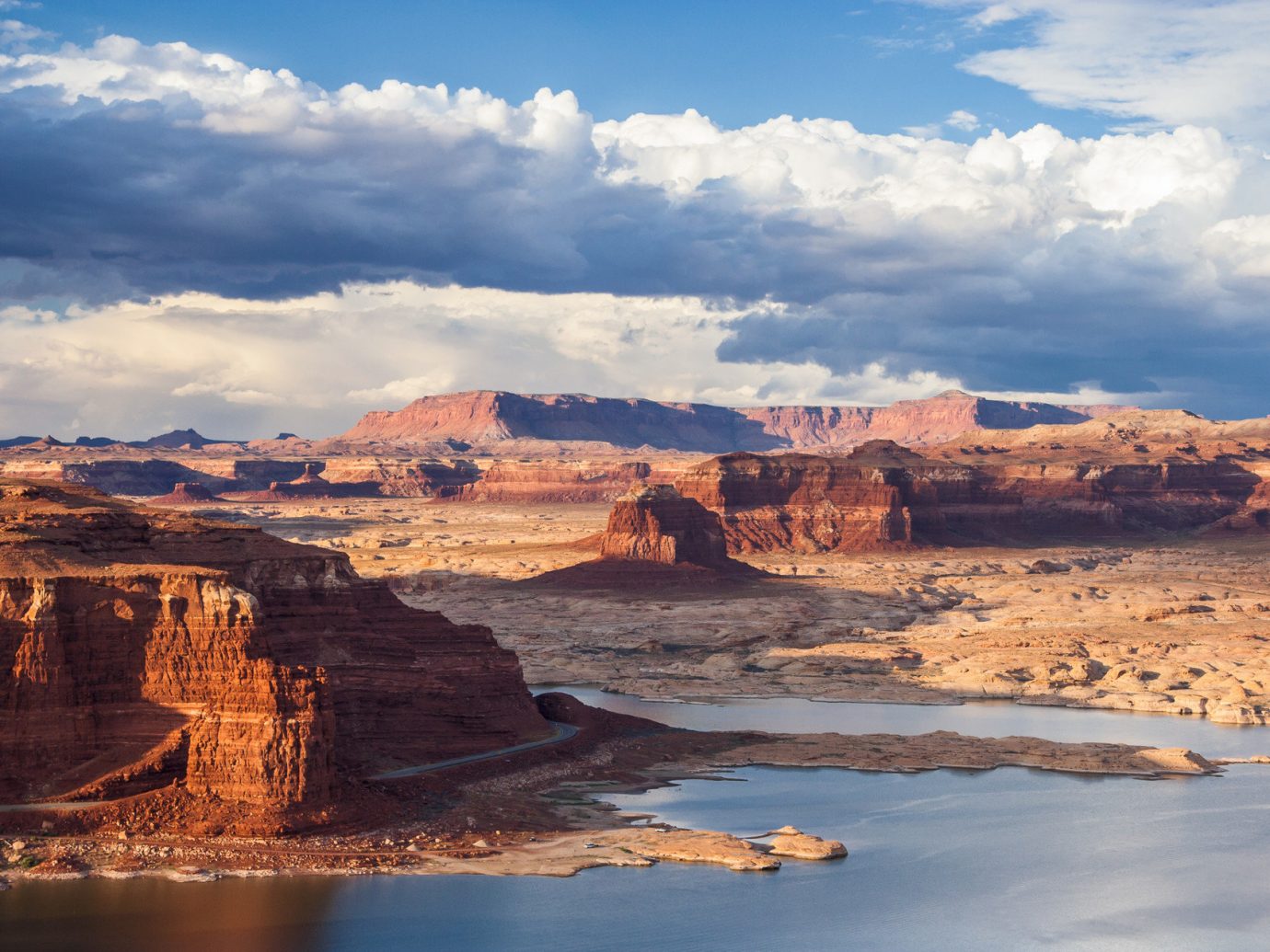
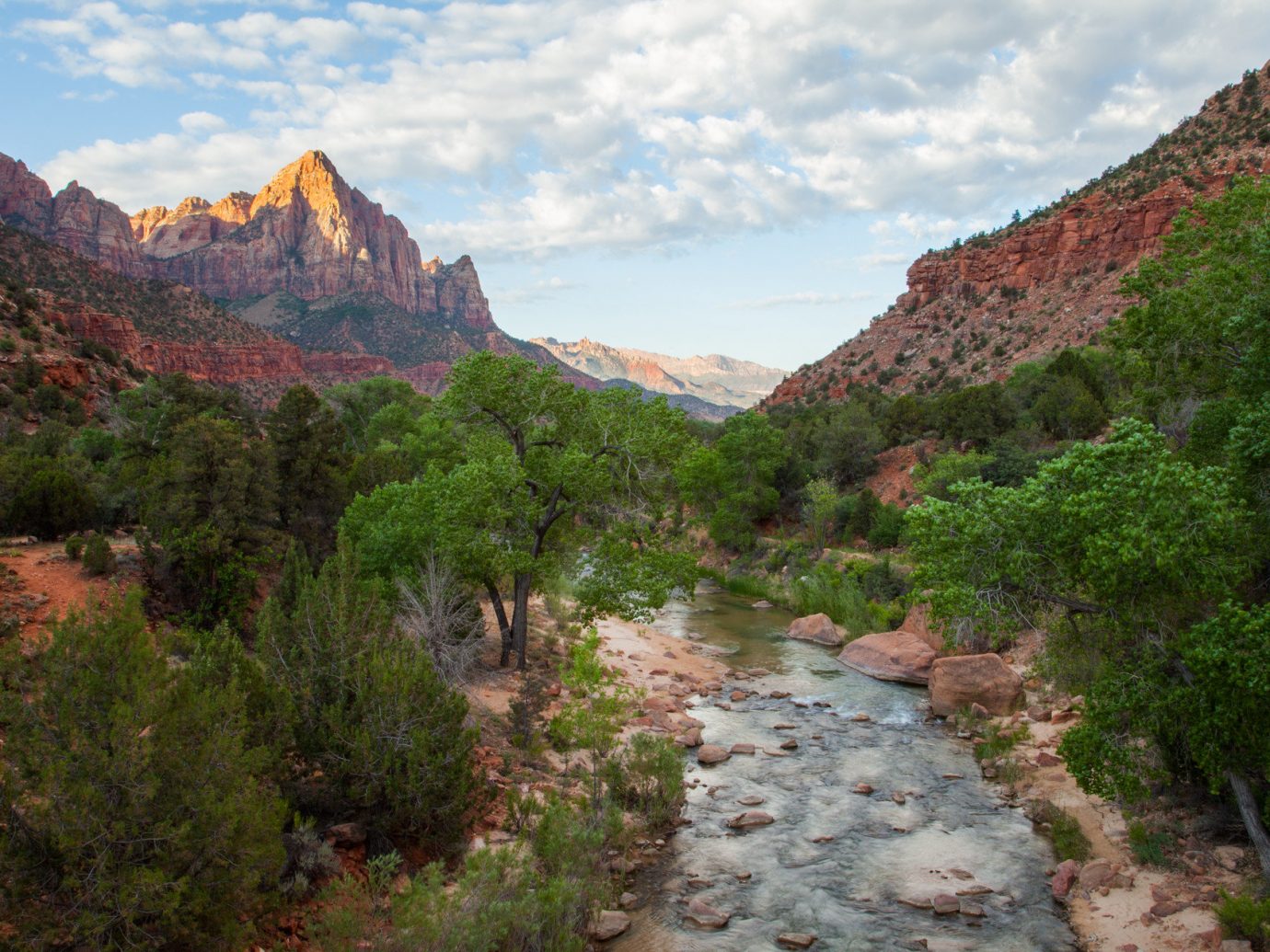
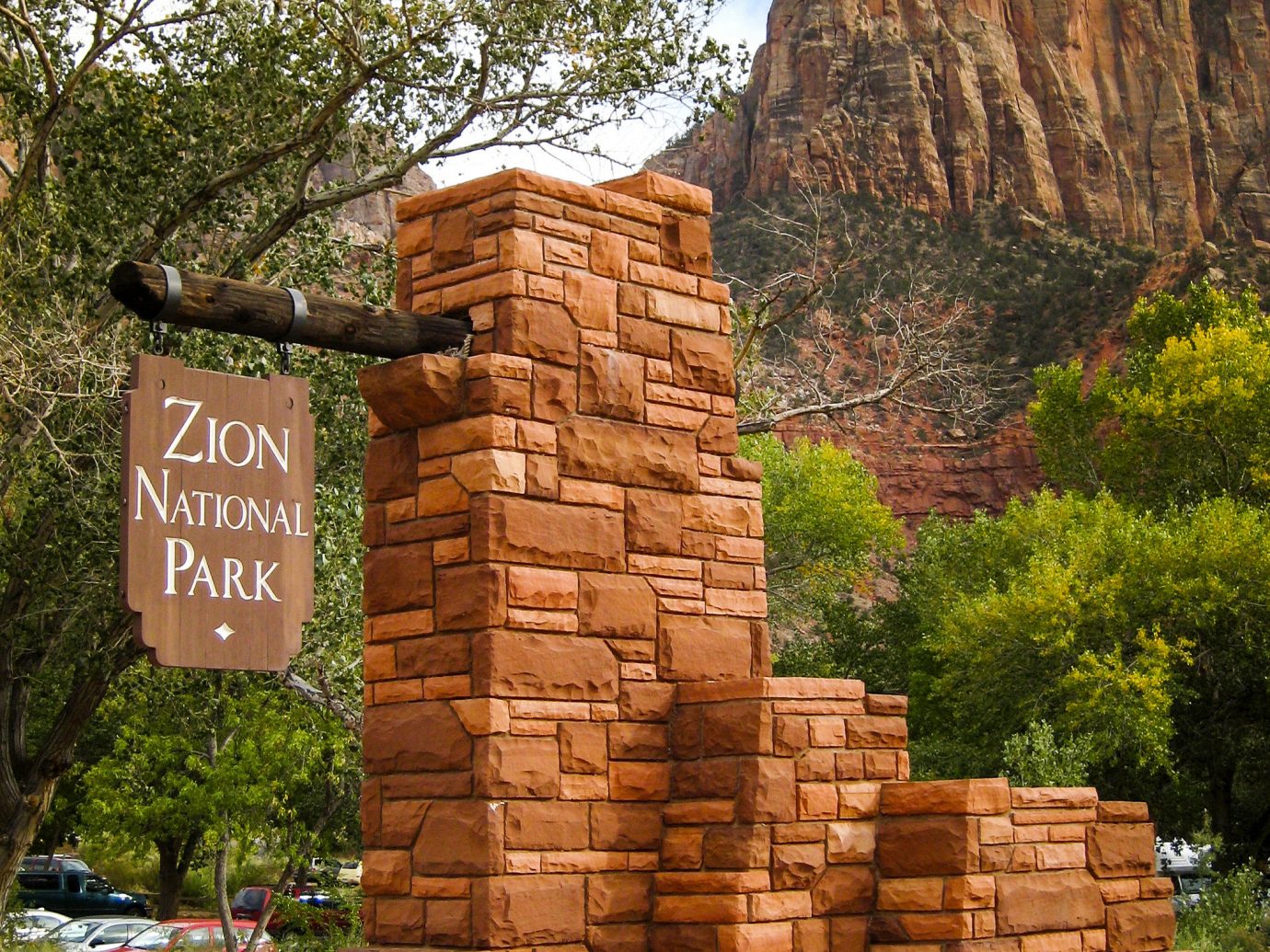
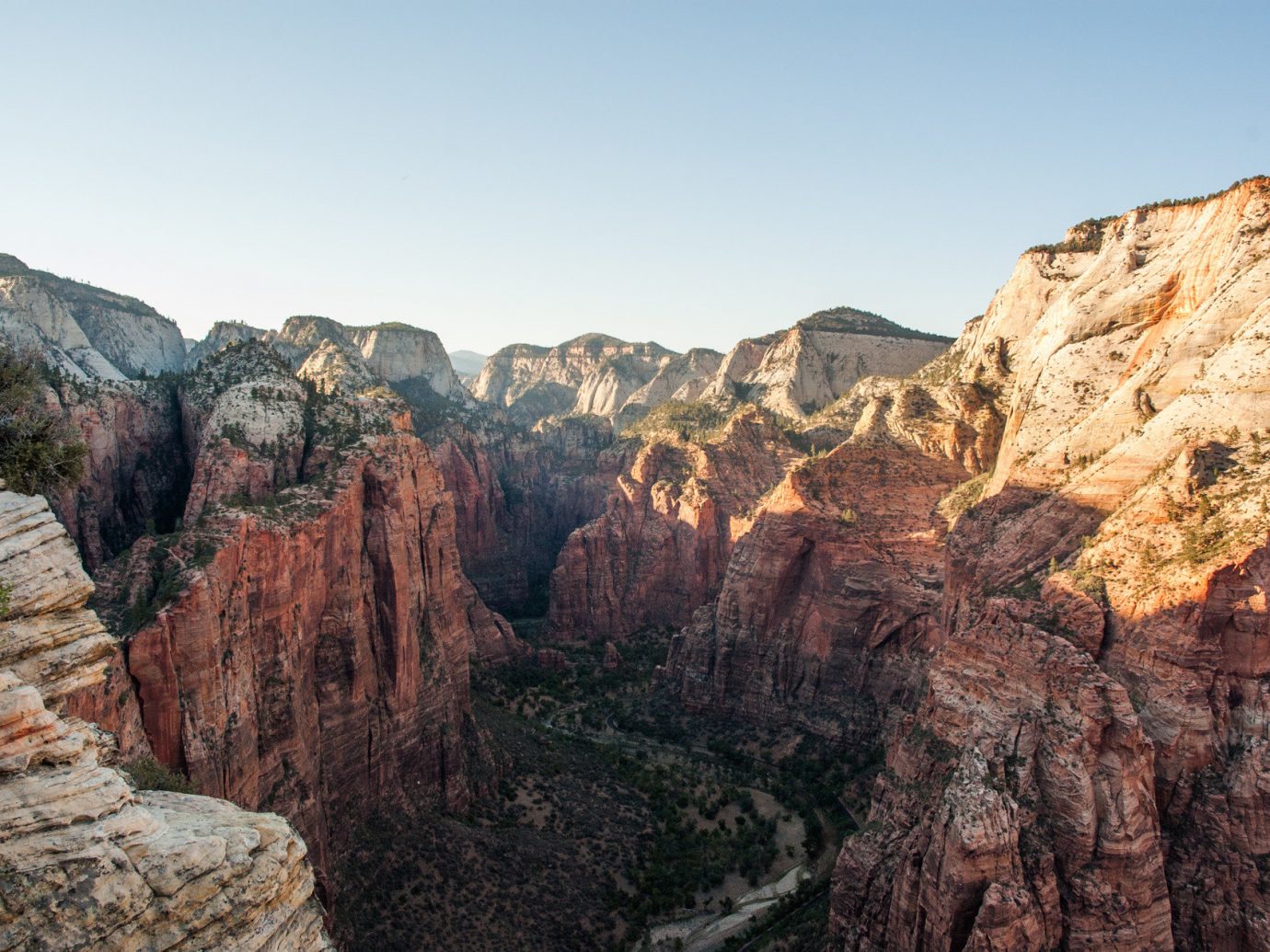
Bryce Canyon National Park
Don’t let the name mislead you, Bryce Canyon isn’t a canyon—but a collection of frost-weathered hoodoo rock spires and horseshoe-shaped amphitheaters on the eastern edge of the Paunsaugunt Plateau. Though it’s one of the state’s smaller national parks—at just 35,835 acres (compared to nearby Zion’s 146,597 acres)—it still has some of the Utah’s most whimsical natural formations. Most who drop by the park—that’s accounting for 1.5 million annual visitors—take the 18-mile scenic drive which hits 13 amphitheater viewpoints before culminating at Rainbow Point, the highest area of the park at 9,105-feet in elevation. Whether you hike in or drive through during the day, make it back at night for bit of stargazing; with nearly no light pollution and 200 miles of visibility, the average person can see more than 7,500 stars (compared to the usual few dozen you’d see if you’re from an urban city).
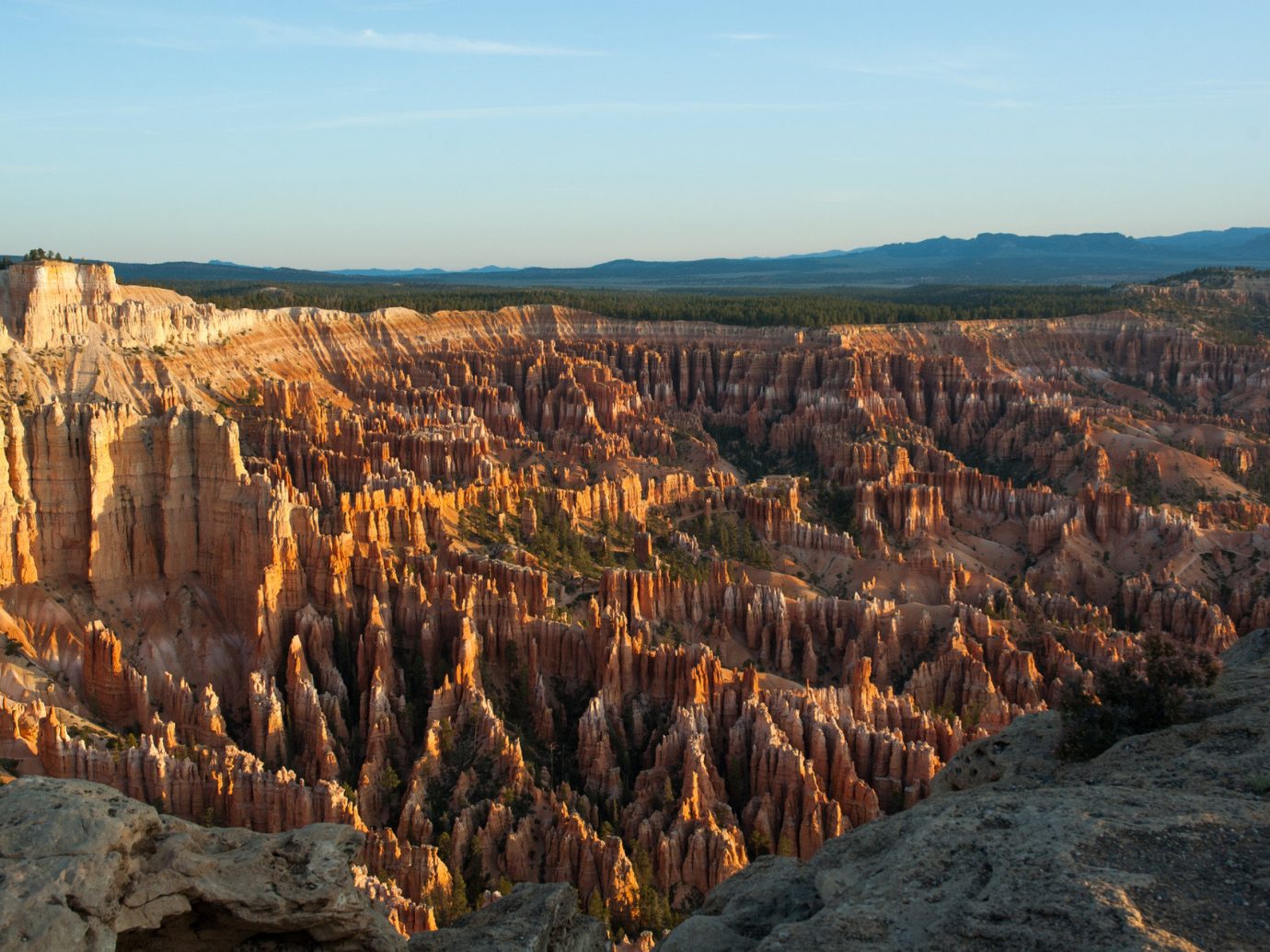
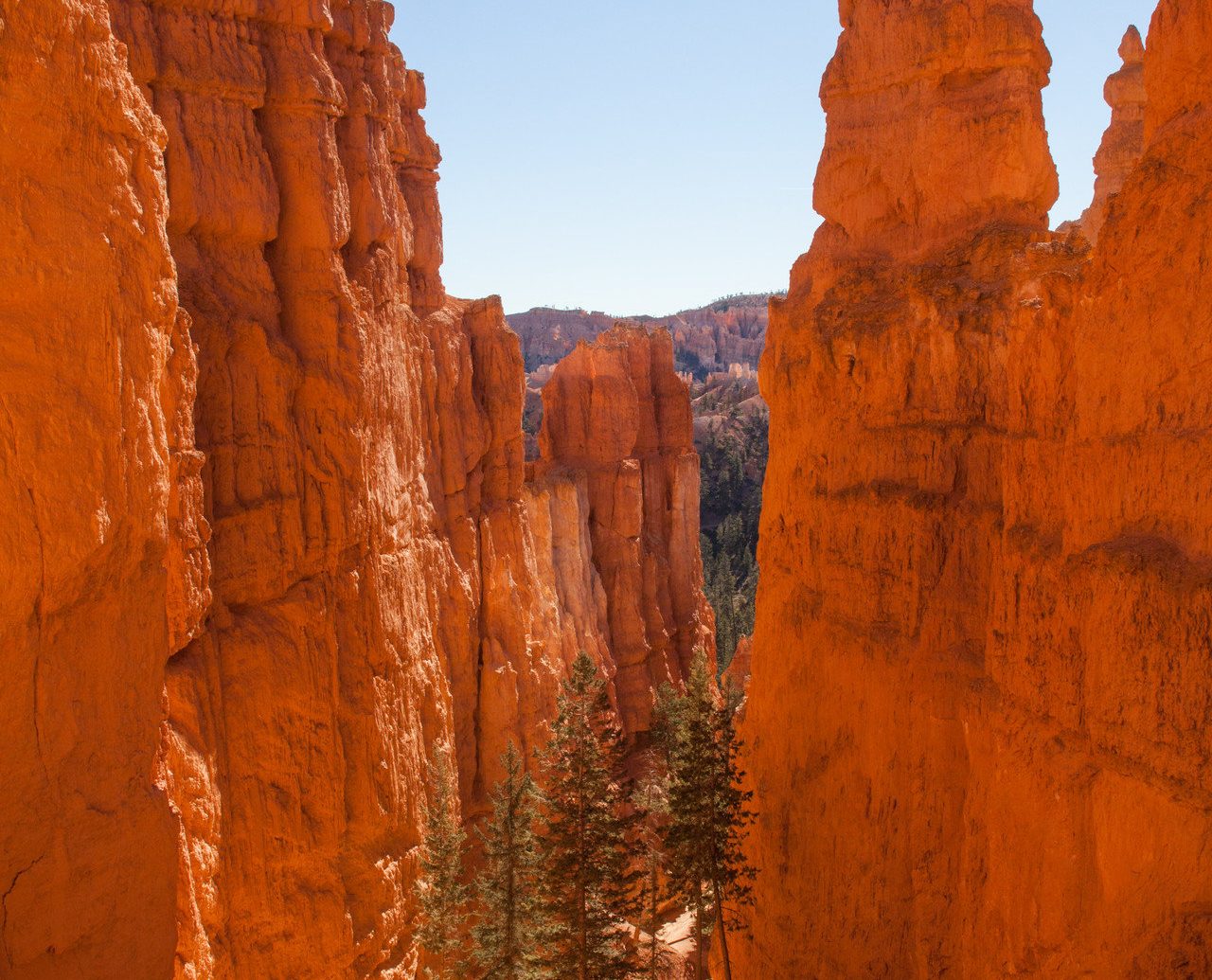
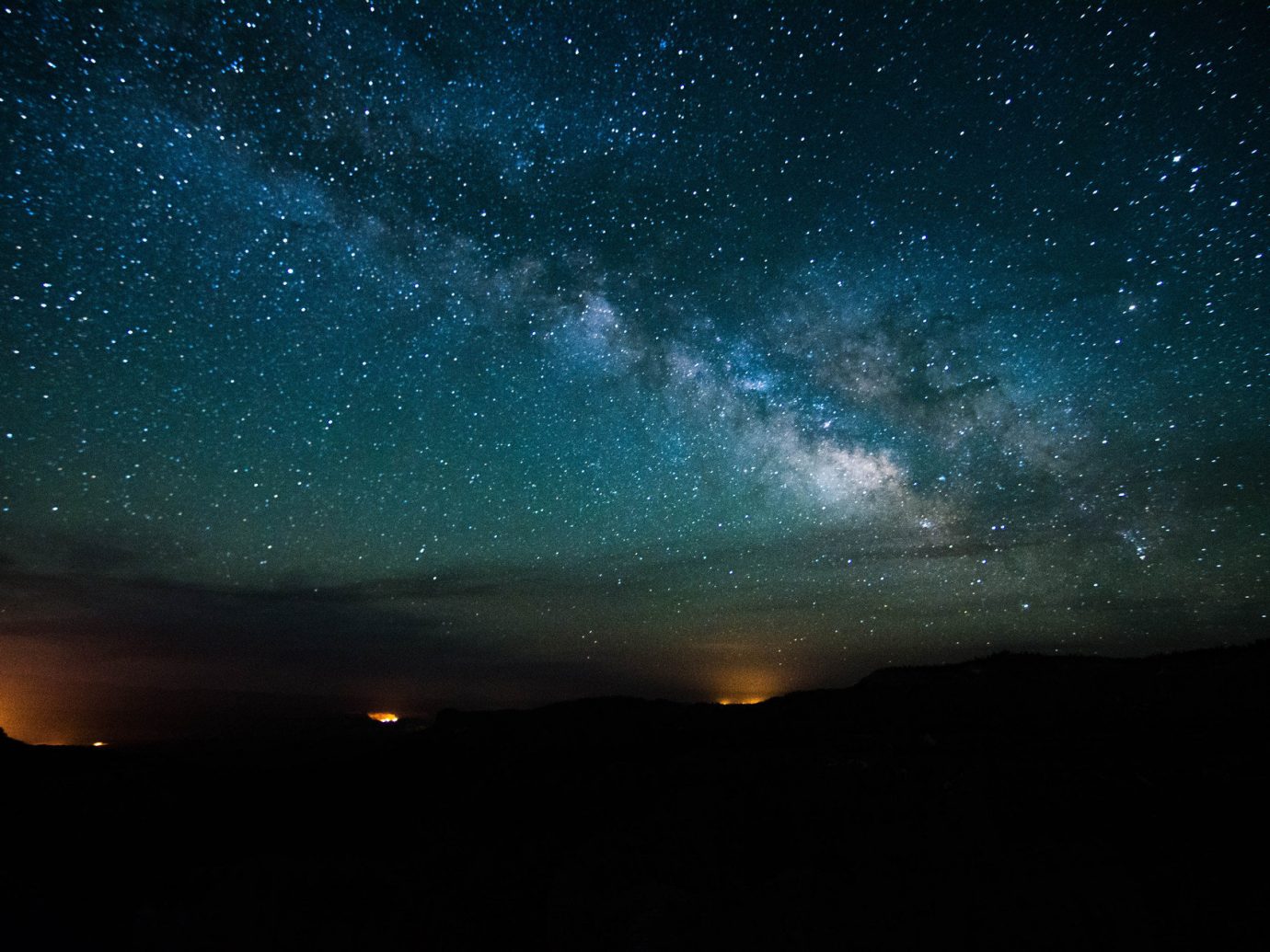
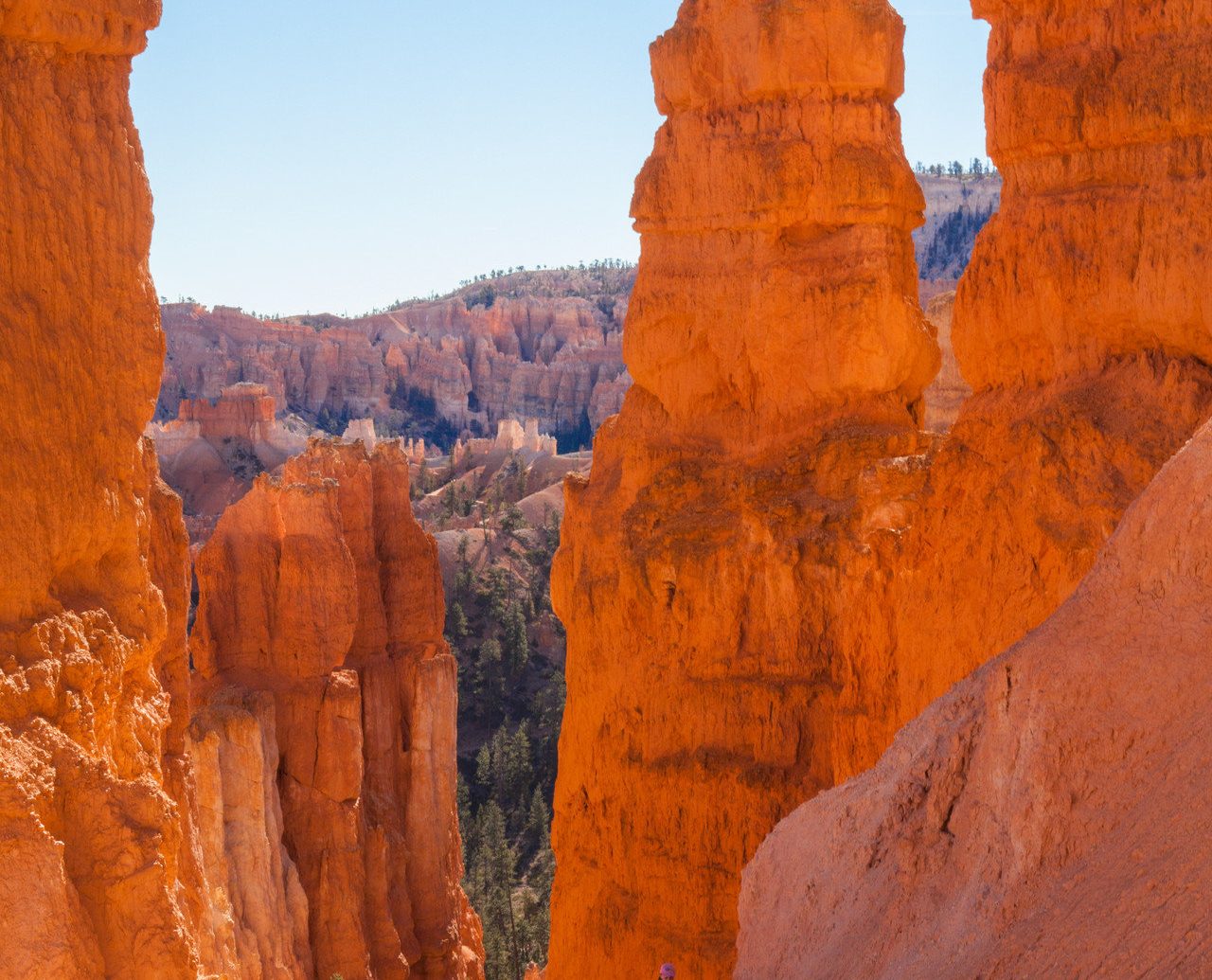
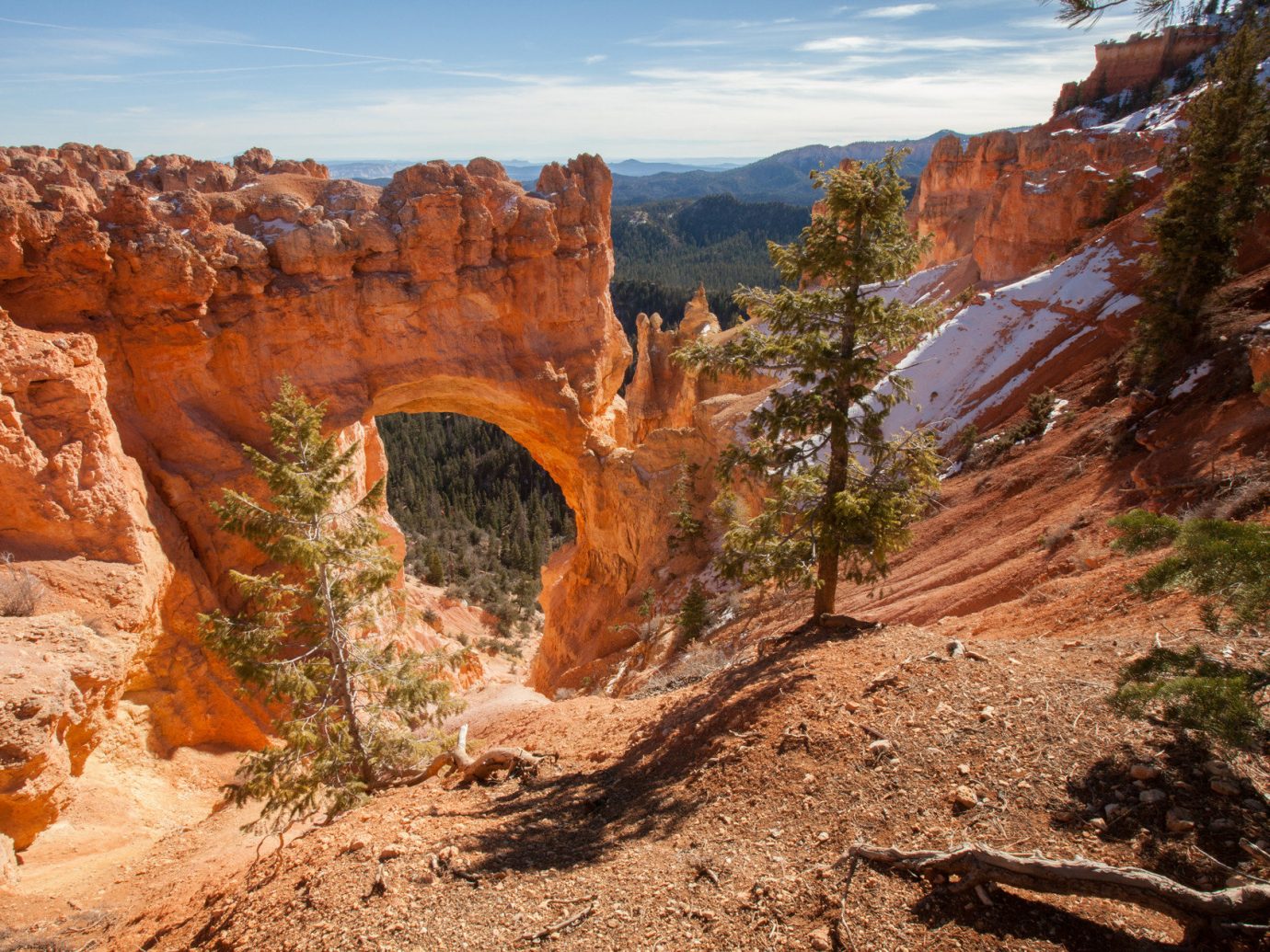
Capitol Reef National Park
In south-central Utah, Capitol Reef National Park’s most defining characteristic is its well-preserved, 87-mile-long section of the Waterpocket Fold monocline— that is, a “warp in the Earth’s crust,” and the largest of its kind in North America. It’s believed the warp (and resulting canyons, monoliths, and domes) was set into motion by the same crashing continental plates responsible for the Rocky Mountains. Up close, the ancient formation ripples with multi-color stripes of white Navajo sandstone, red Wingate, and pink Entrada sandstone. Most first-time visitors plan to see Capitol Dome–a white sandstone formation named for its U.S. Capitol Building resemblance, Chimney Rock–a 400-foot-tall sandstone pillar, and Hickman Bridge–a natural arch that sits 300 feet above the Fremont River.
RELATED: [9 Best National Parks for Kids]()
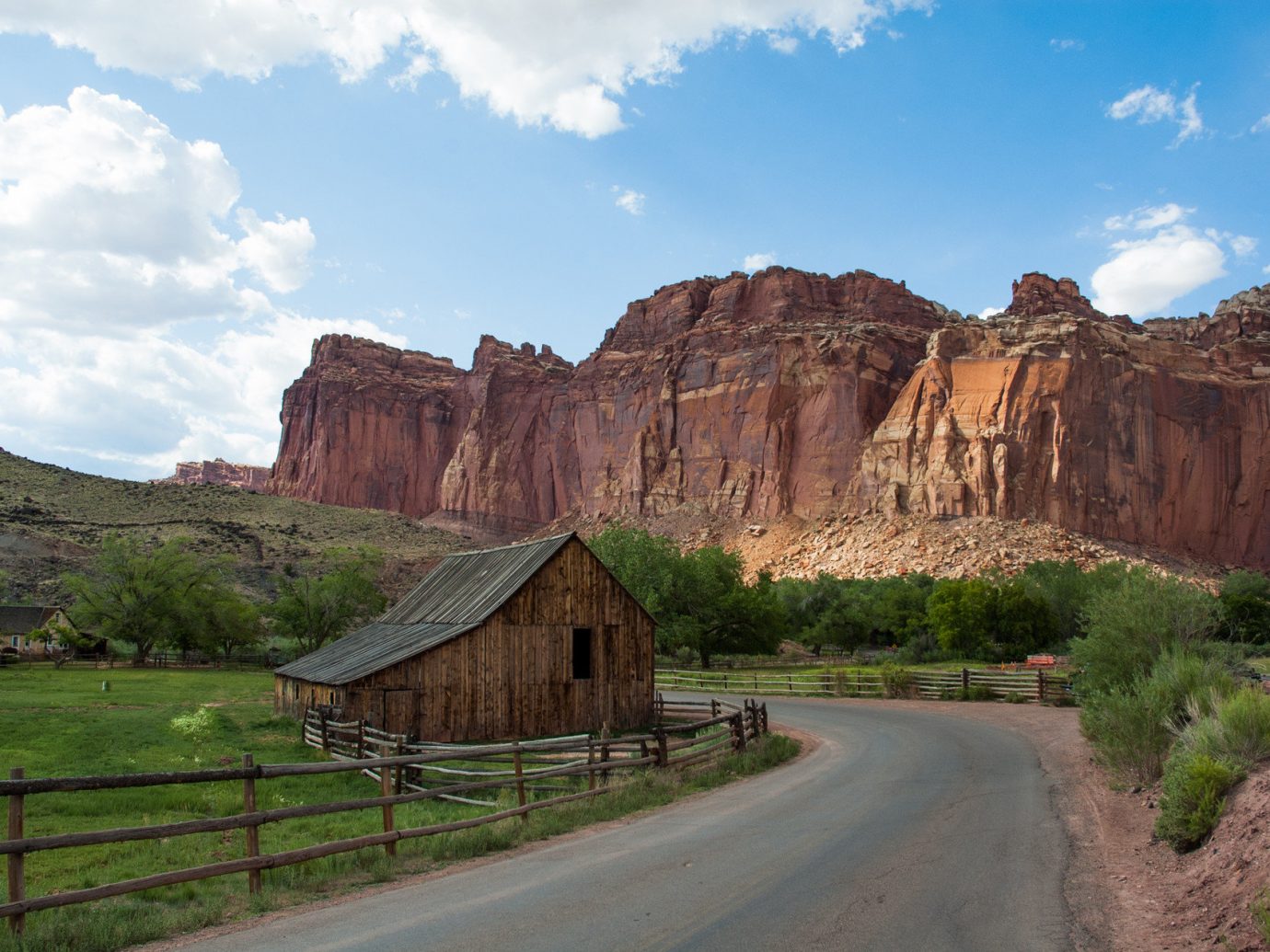
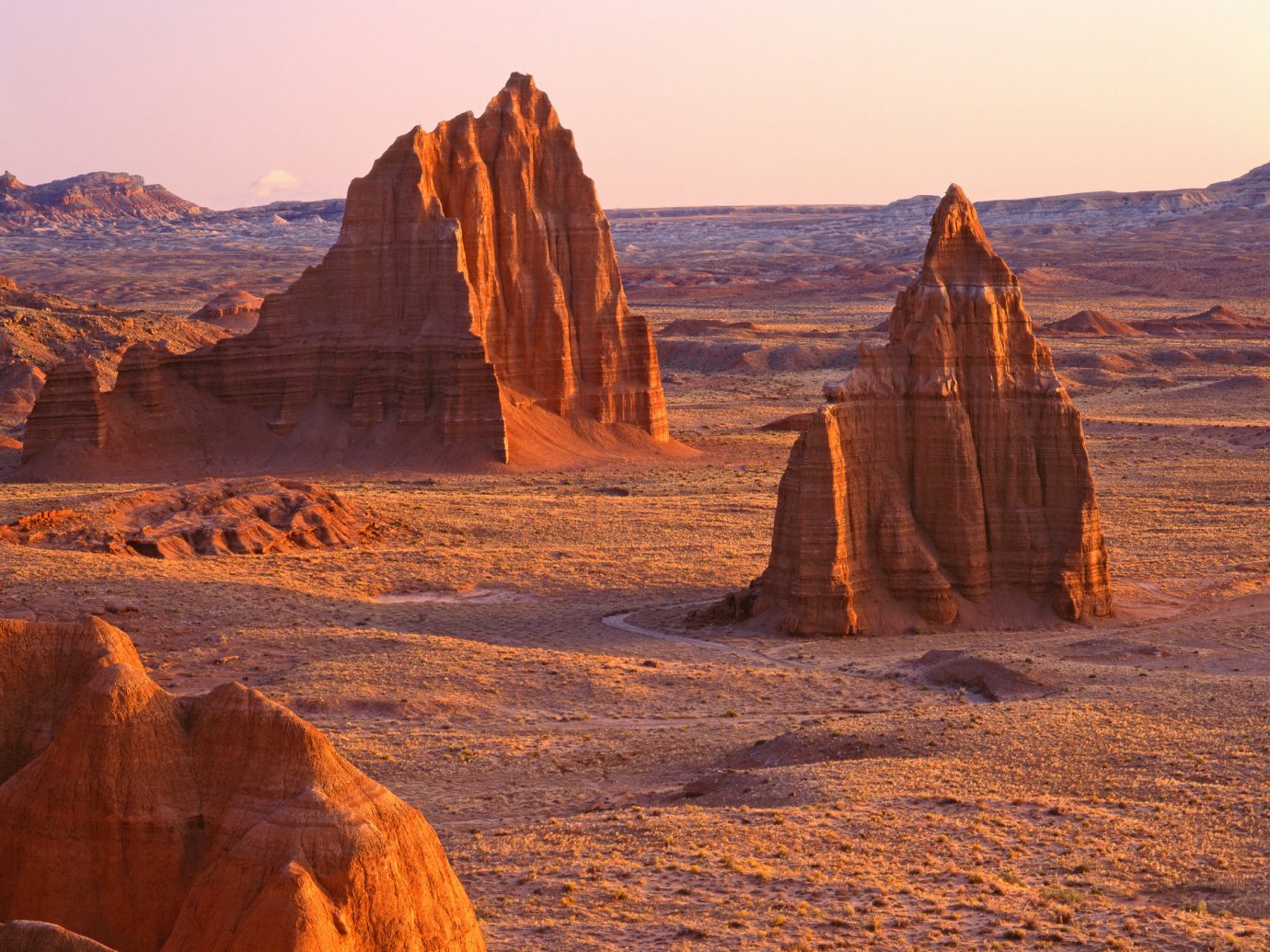
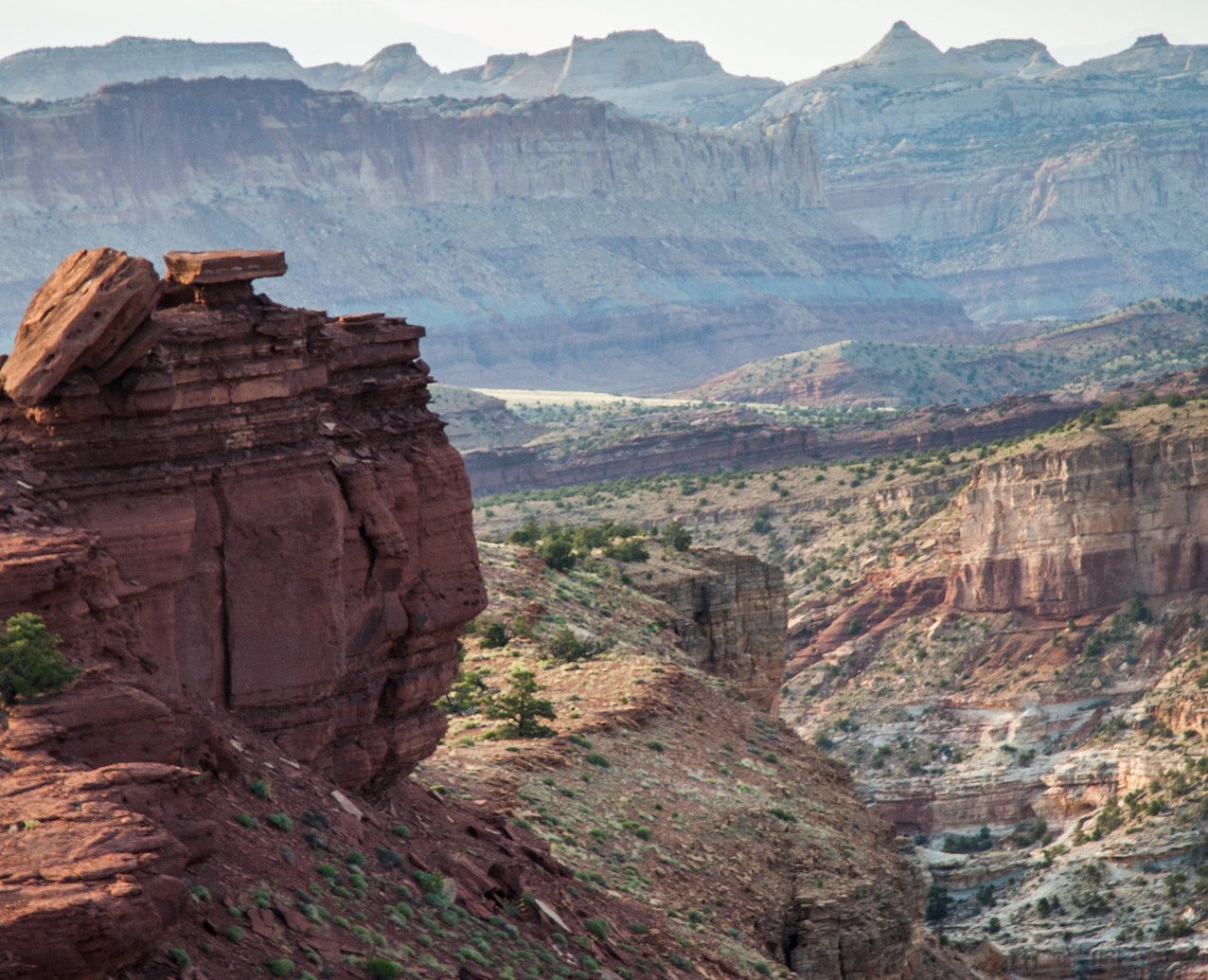
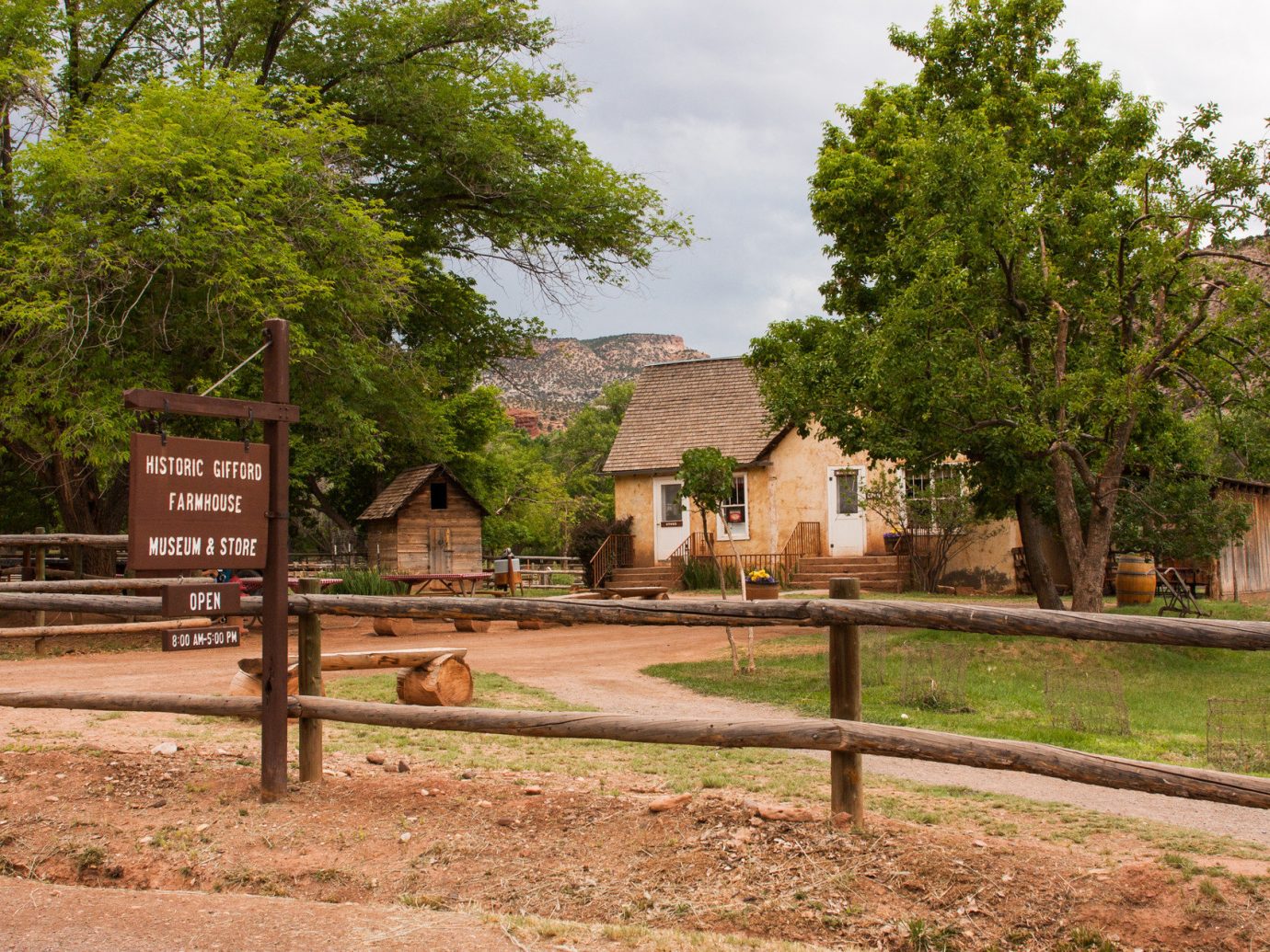
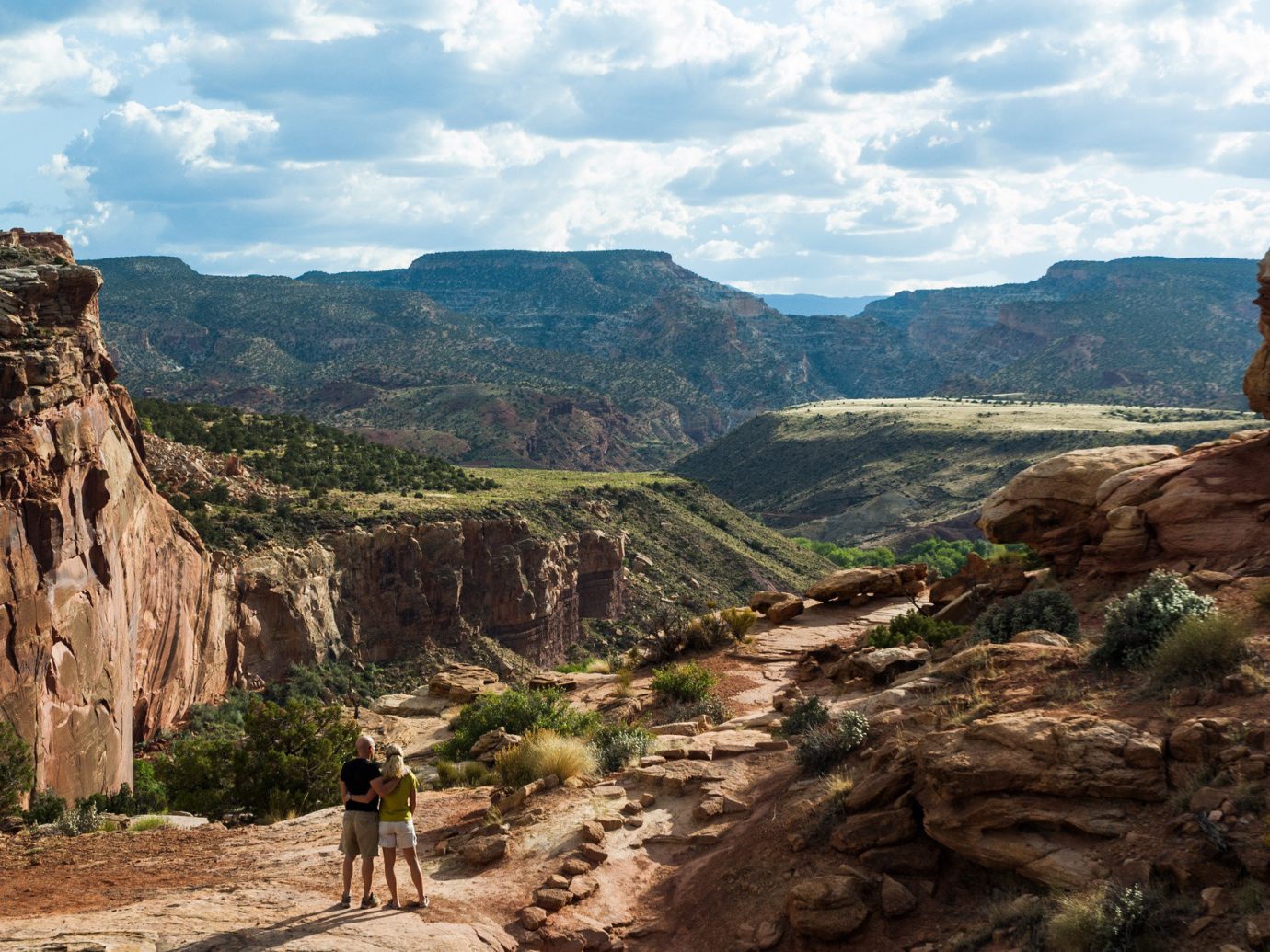
Arches National Park
More than 2,000 naturally-formed red sandstone arches along with a countless number of seemingly supernatural rock formations, pinnacles, and fins fleck the landscape of Arches National Park in eastern Utah, drawing more than 1.5 million annual visitors. The park’s fragile arches and cracked terrain is the direct result of sitting atop a 300-million-year-old salt bed that’s been repeatedly liquefied and displaced. Among the most visited attractions are The Fiery Furnace–a series of narrow sandstone canyons, the Tower of Babel–an enormous freestanding slab of Entrada sandstone, and Delicate Arch–a 60-foot-tall landmark that’s been commemorated on Utah’s license plates.
RELATED: Summer 2017’s Top Glamping Retreats
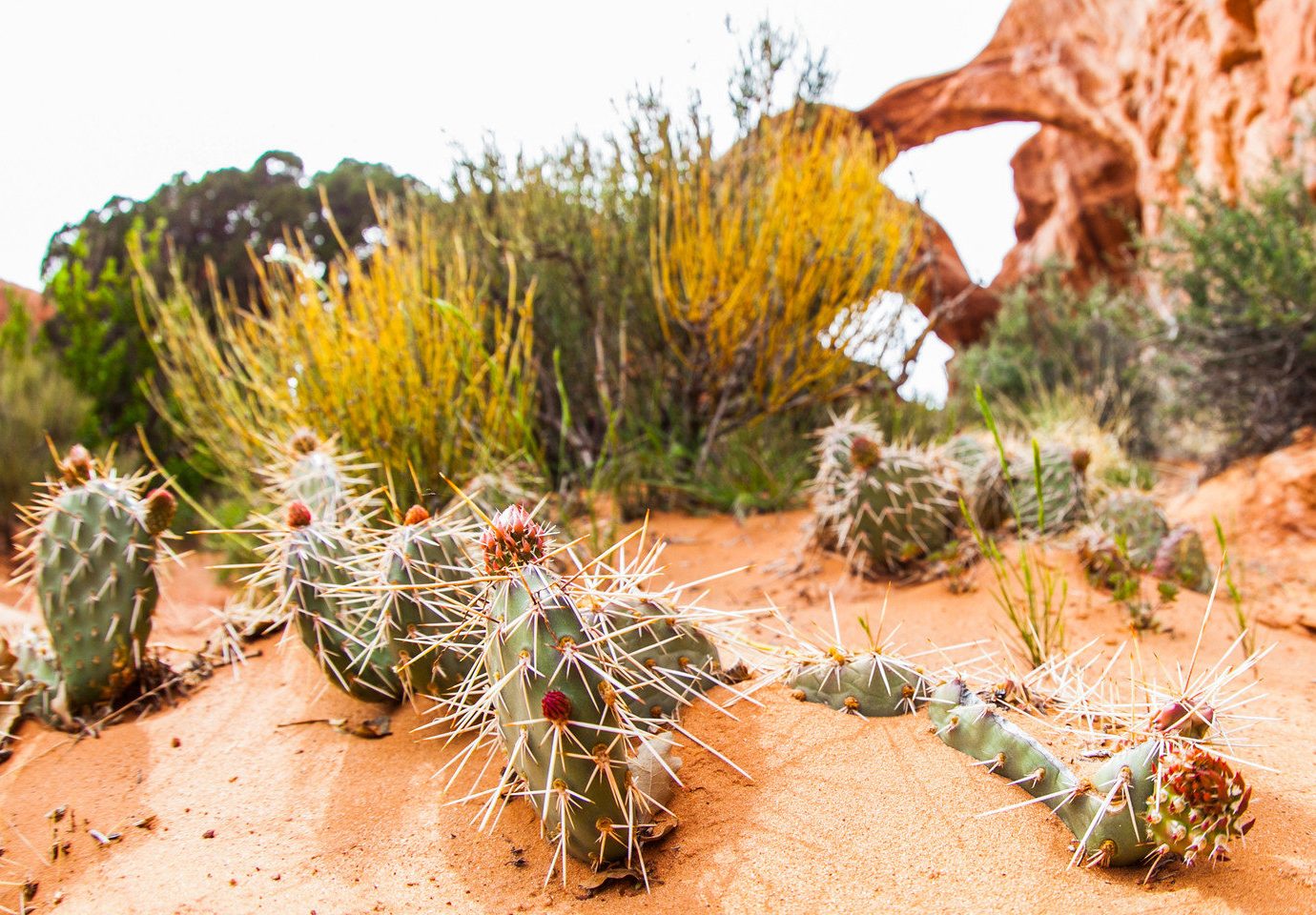
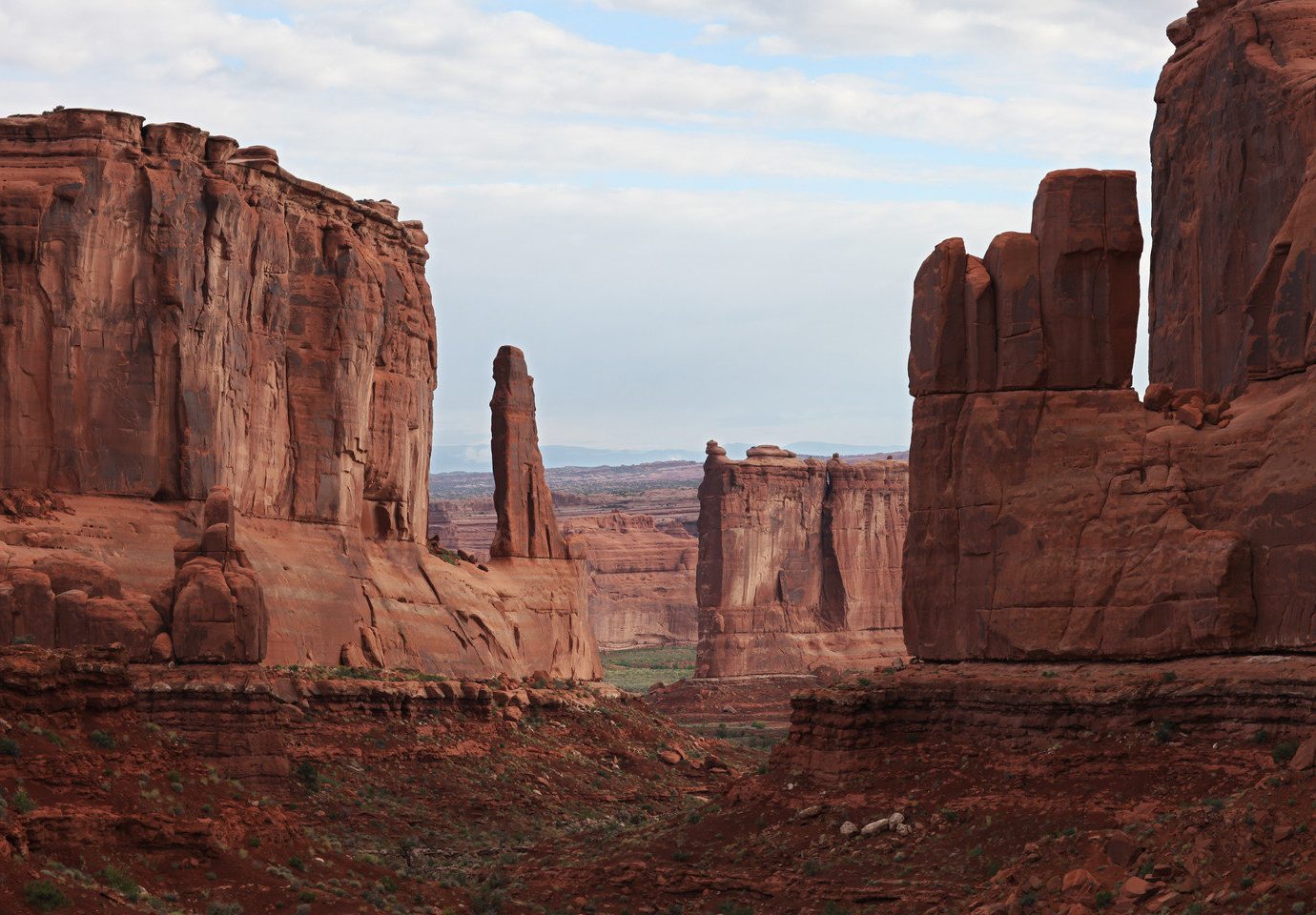
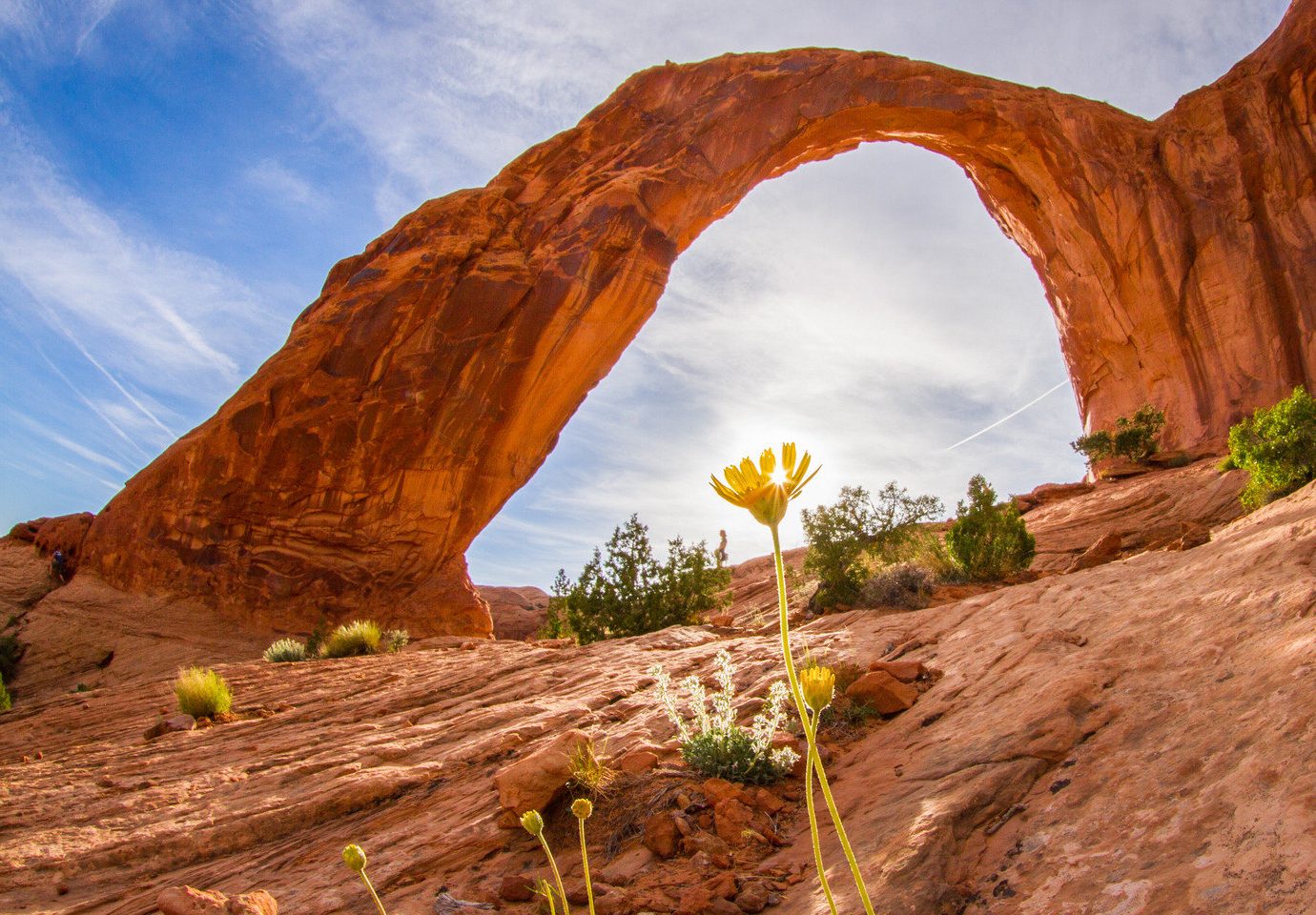
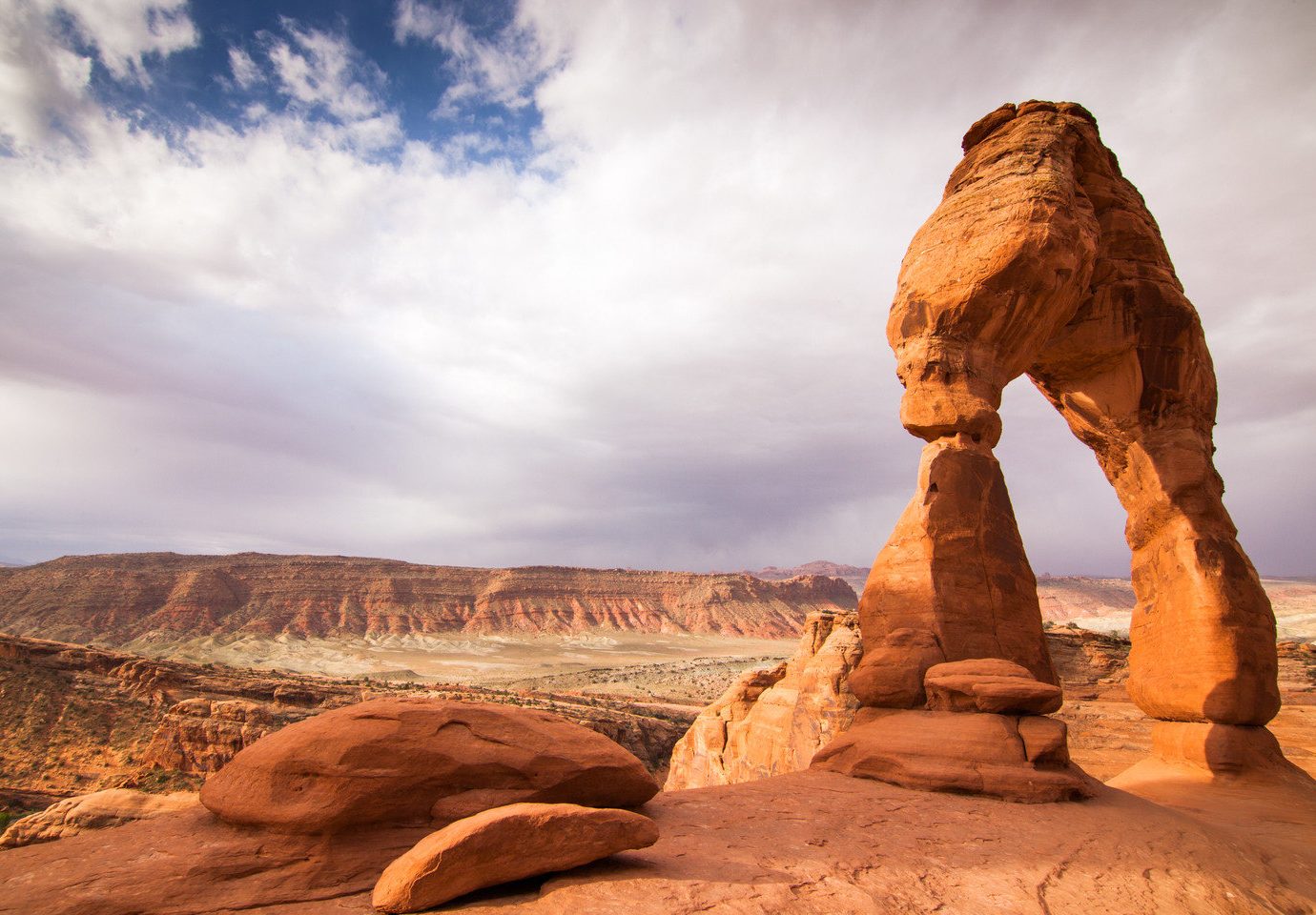
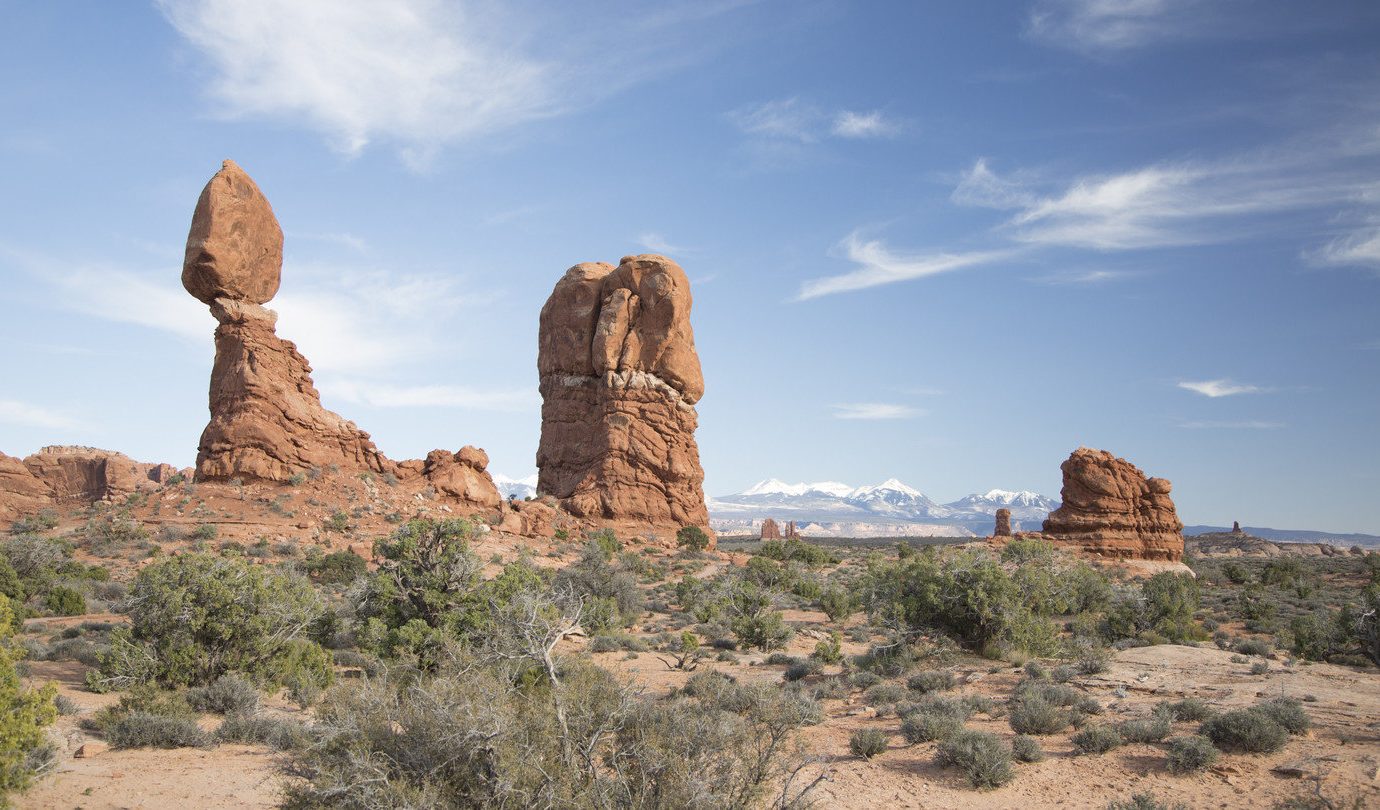
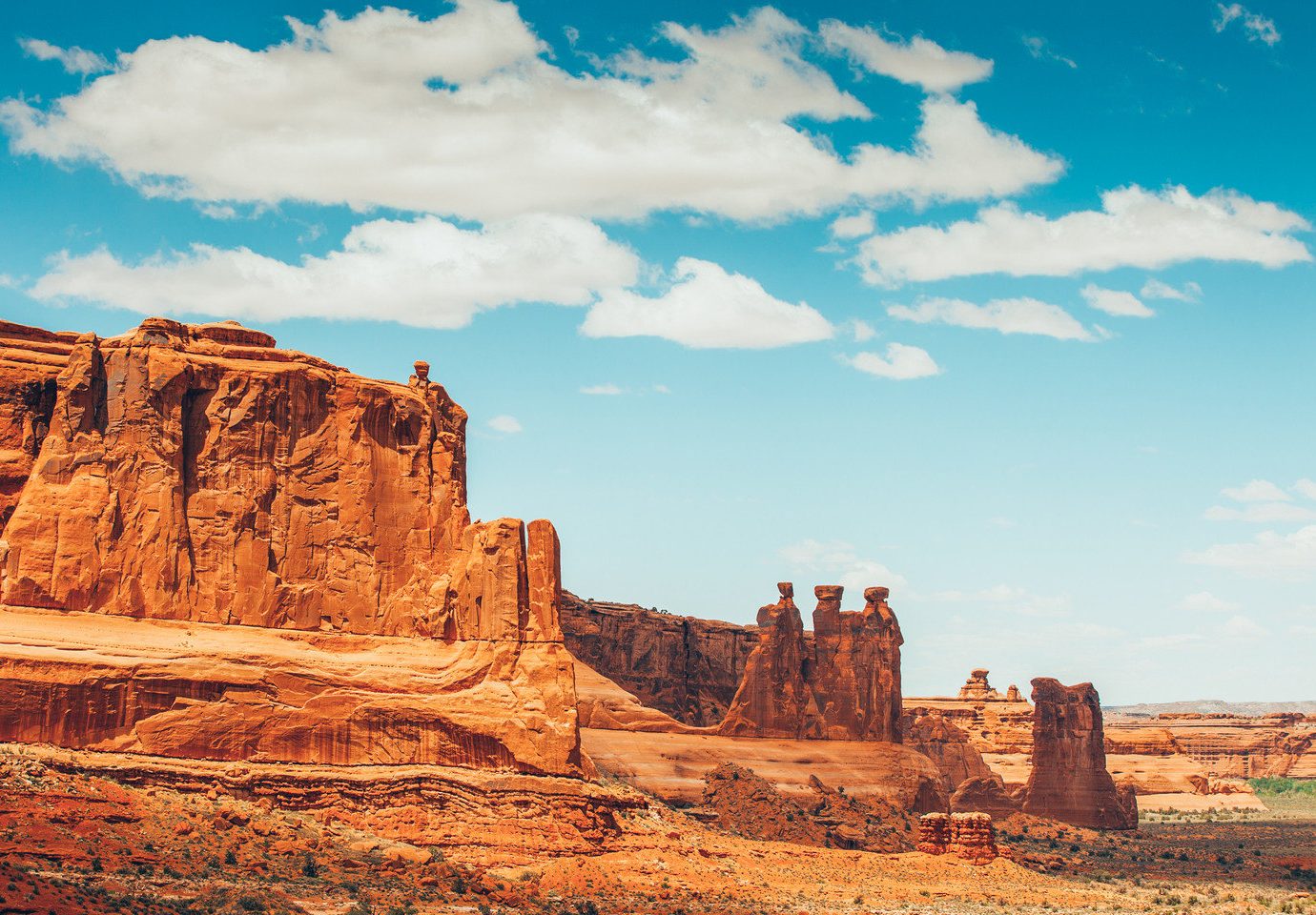
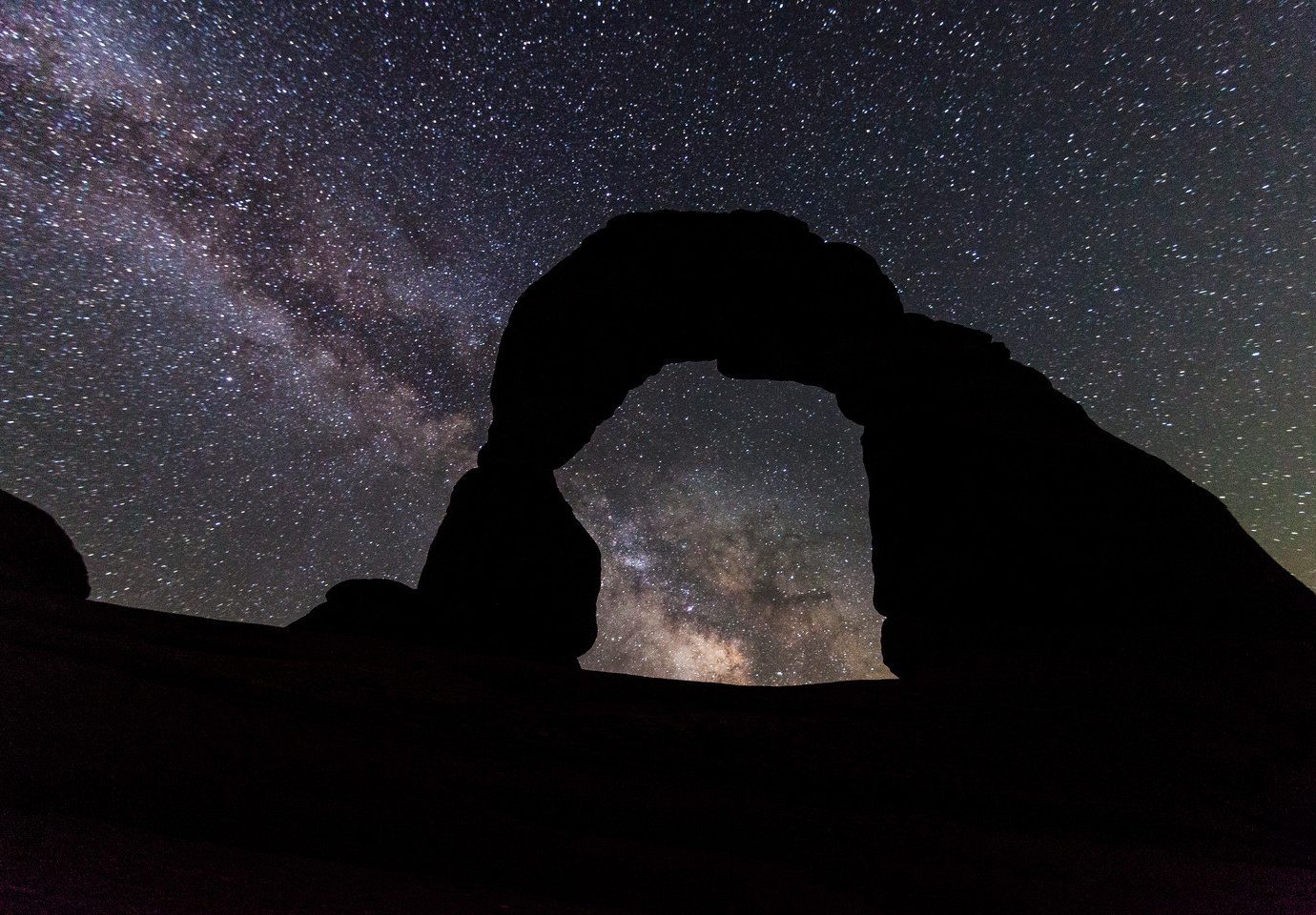
Canyonlands National Park
The rushing Colorado is responsible for carving out this park’s unmistakable canyons, mesas and buttes. One of the 337,598-acre park’s most defining characteristics? The existence of four distinct districts: the Island in the Sky—a vast series of canyons and a flat-topped mesa close to Moab; the Needles—a backcountry expanse full of of Cedar Mesa Sandstone spires; the Maze—a remote collection of cairns; and the Green and Colorado rivers which course through the heart of the park. While you’re in the area, don’t miss out on Dead Horse Point State Park (you’ll likely recognize it from West World and the final scene of Thelma & Louise), Mesa Arch (you might have this set as your Windows 7 background), and Horseshoe Canyon (famous for its pictographs and petroglyphs dating back to 400-1100 A.D.).
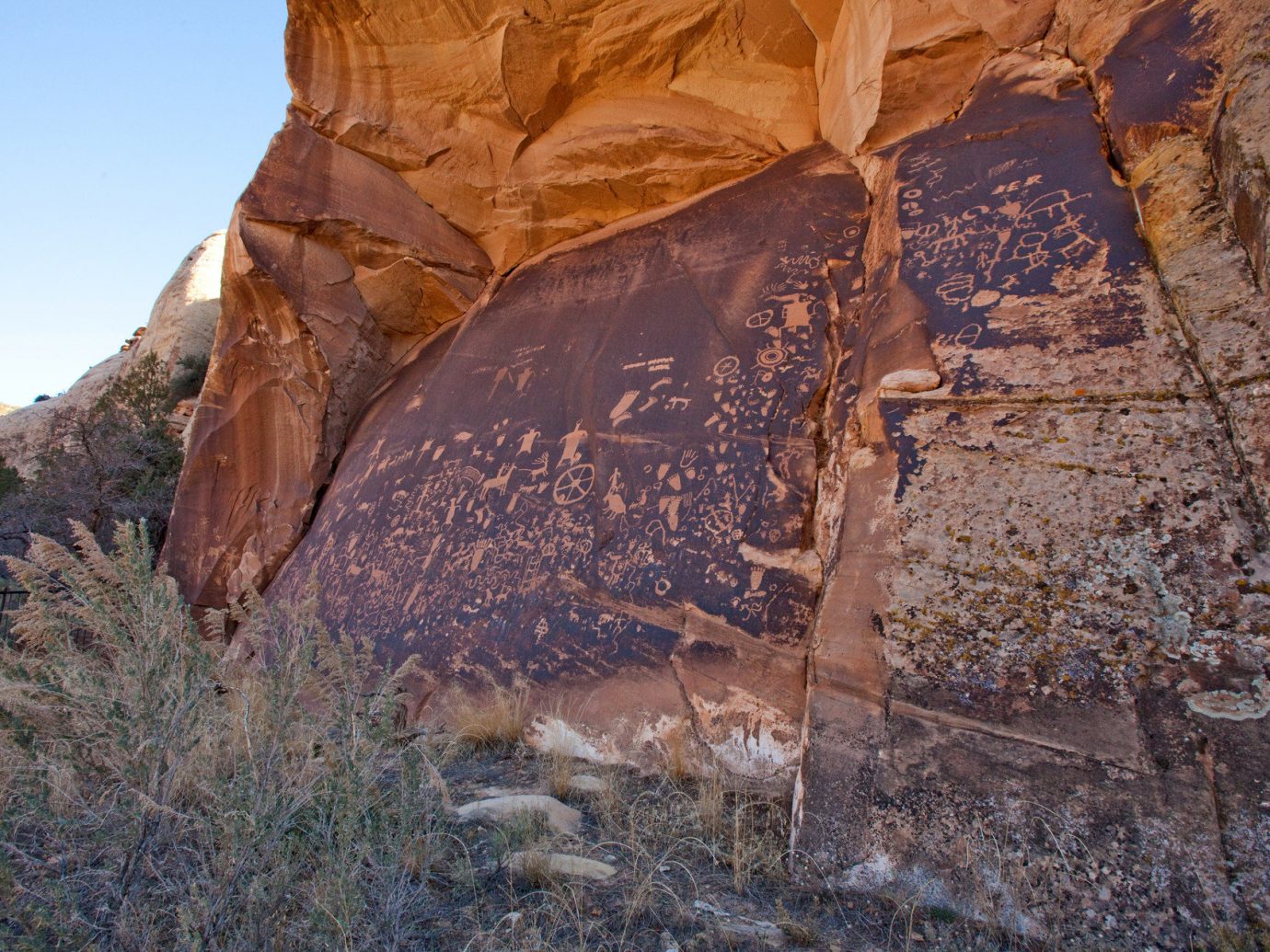
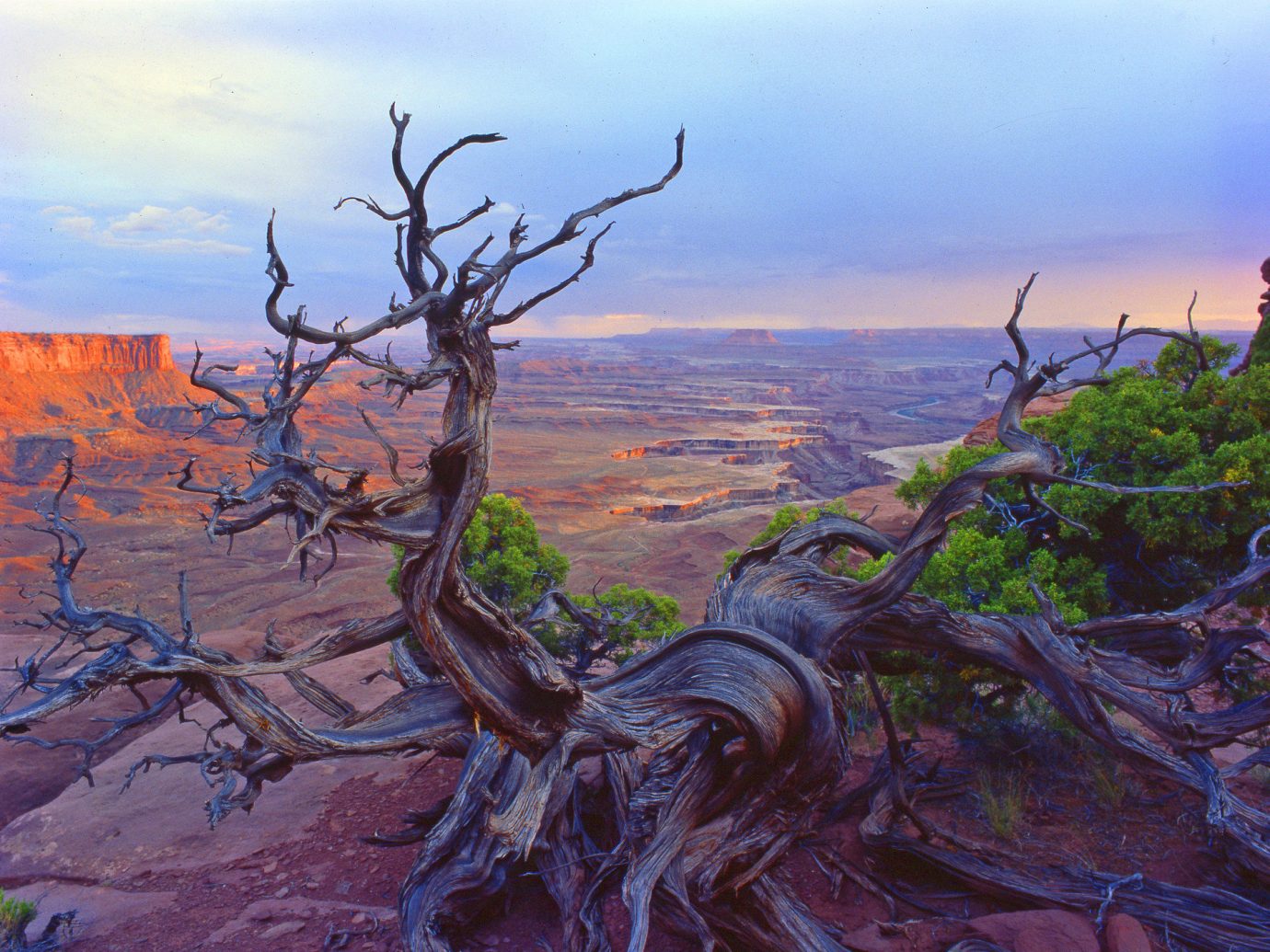
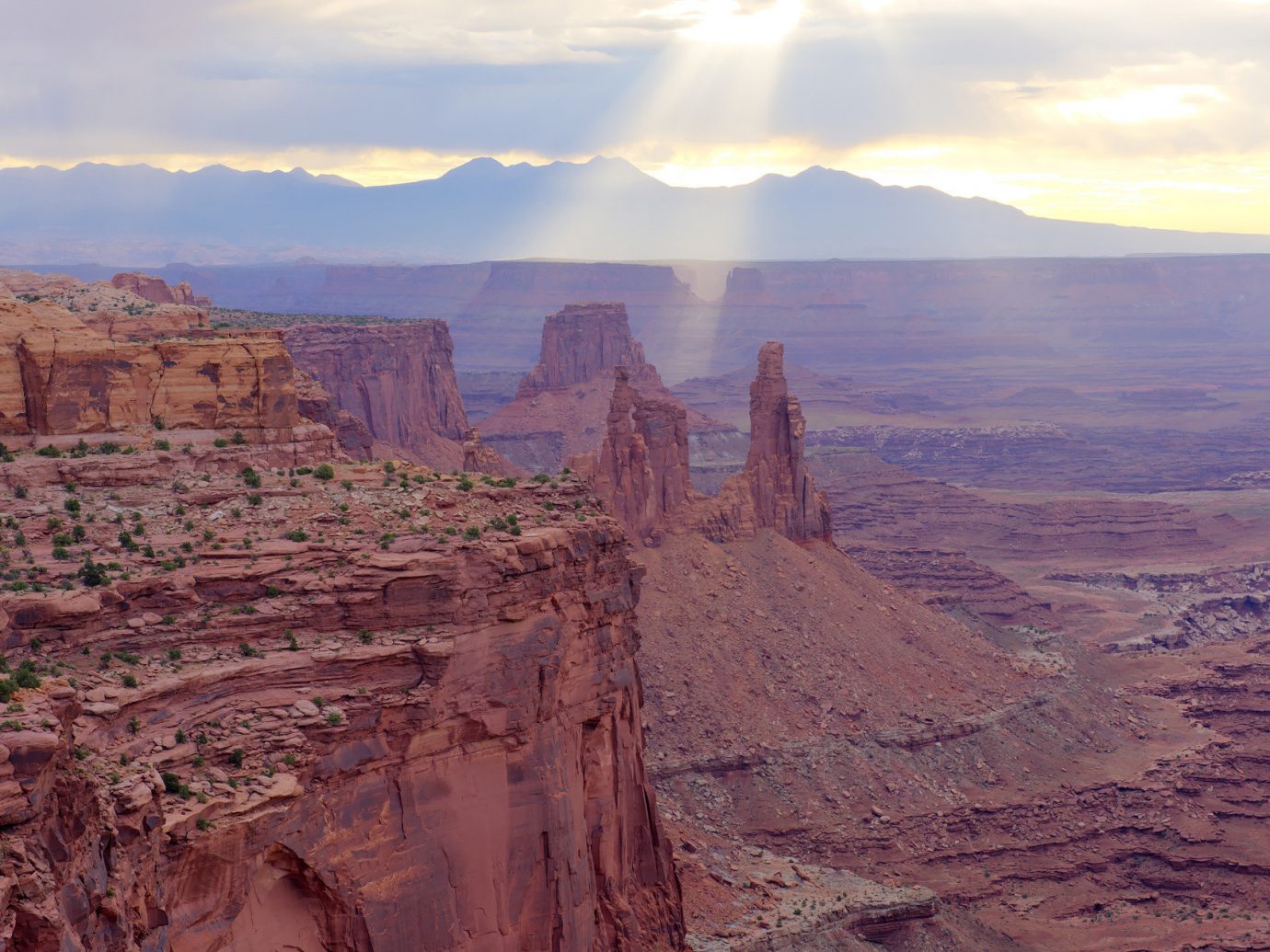
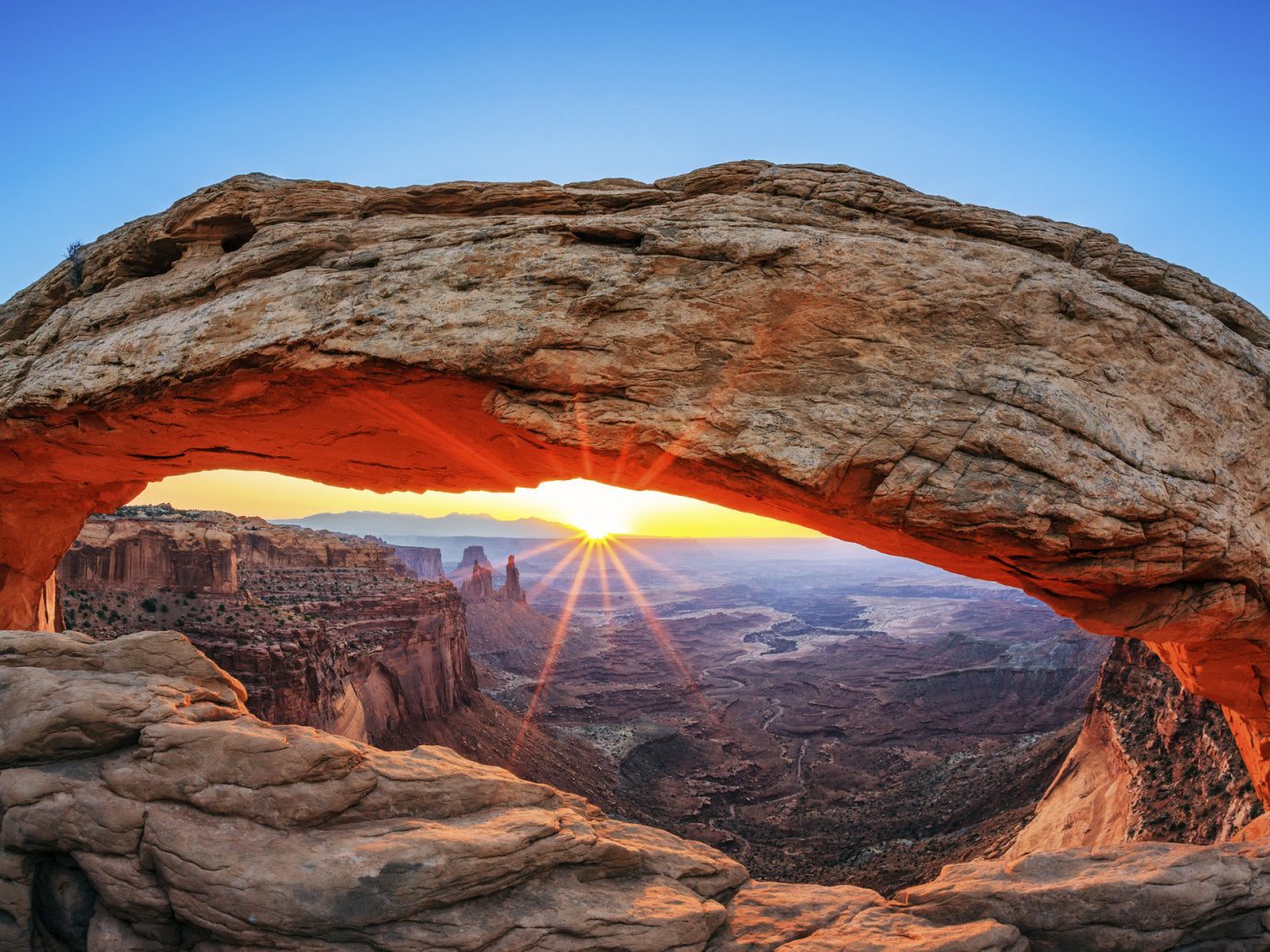
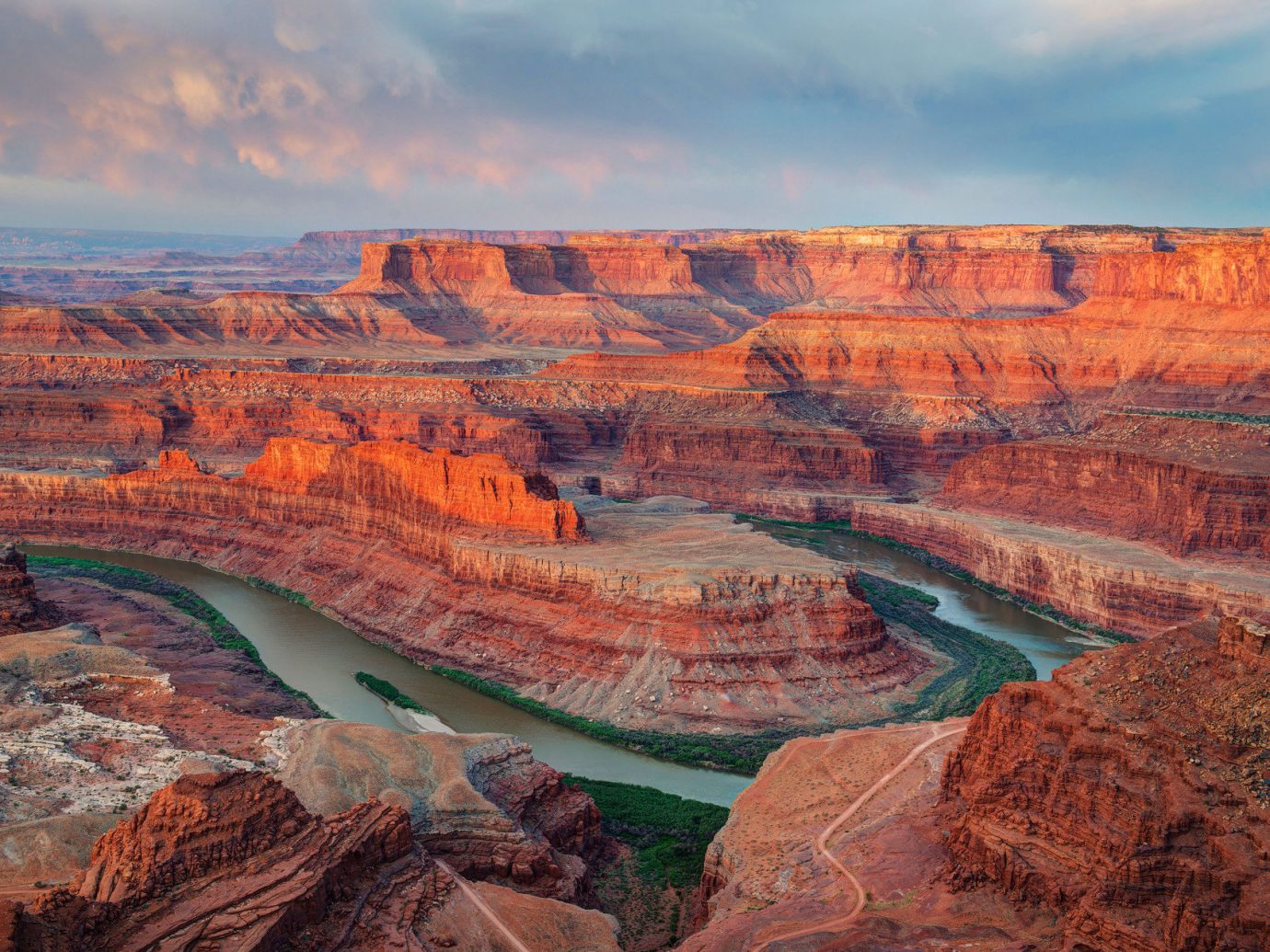
RELATED: 13 Best National Parks in the World
Want more?
- 8 Favorite Bang-for-Your-Buck All-Inclusive Vacations to Book Now
- 8 Under-the-Radar Destinations to Visit in the UK
- 16 Beach Towels We’re Digging for Summer
Comments
All products are independently selected by our writers and editors. If you buy something through our links, Jetsetter may earn an affiliate commission.
Become a Jetsetter.
Use our insider connections to know where to go and what to do.
By proceeding, you agree to our Privacy Policy and Terms of Use.
Thanks for Signing Up!

